Travel Guide to Dalarna, Sweden
Known as the cultural soul of Sweden, Dalarna is where you can experience the quintessential Swedish lifestyle. Much of the popular imagery of Sweden is from here: red-painted cottages by glittering lakes in the evening sun where people in brightly-coloured folk costumes dance and swirl in celebration of Midsummer.
Its varied landscape stretches from vast forests to towering mountains and mirror-like lakes. The region is dominated by Lake Siljan, one of Sweden’s largest and most beautiful lakes, formed by a meteorite impact millions of years ago.
Outdoor enthusiasts will find plenty to do all year round. In the summer, the region offers great opportunities for hiking, cycling, and kayaking. In winter, Dalarna transforms into a snow-covered wonderland, perfect for skiing and snowboarding. Cross-country skiing and dog sledding are also popular activities, peaceful ways to explore the frosty landscape.
Mora
It’s around three and half hours by train from North West from Stockholm to Mora, on the shores of Lake Siljan. The town is famous for two things: the Vasaloppet and artist Anders Zorn.
The Vasaloppet is the world’s oldest and longest cross-country ski race, stretching 90kms from Sälen to Mora. Held annually in March, it attracts thousands of skiers from around the world and celebrates the legendary journey of Swedish king Gustav Vasa, escaping from Danish soldiers.
One of Sweden’s most renowned painters, Anders Zorn, lived here until he died in 1942. His former home, Zorngården, a well-preserved masterpiece of Swedish architecture, offers a glimpse into the life of the famous artist. The museum, next door, displays an impressive collection of Zorn’s works, including portraits, landscapes, and etchings that beautifully capture Swedish rural life.
Fulufjället National Park
Two hours further north west, close to the border with Norway, is Fulufjället National Park, established in 2002. This untouched wilderness, covering approximately 385 square kilometres gets its name from the 1,044m Fulufjället Mountain. The landscape is a mix of barren tundra, thick boreal forests, and deep river valleys, all shaped by glaciation over thousands of years.
I meet Tommy Lönnebacke at the Naturum visitor centre who’s going to lead me to Rösjöstugorna, my bed for the night. There’s no road and it’s a fairly steep climb upwards to the vast, flat-topped plateau, once an ancient mountain range. This is the main feature of the park, a huge expanse of bog and tundra.
My accommodation looms into view – simple cabins with bunks where you have to wash in the lake after a rudimentary sauna. Fortunately inside there’s a roaring fire and Tommy swiftly starts preparing dinner before it gets dark. It’s a mix of moose, bear and reindeer cooked outside in a vast wok and very good it is too. Wash it down with his homemade berry firewater and you’re guaranteed a good night’s sleep.
Next morning we set out for a hike across the plateau hugging the shores of the lake. First stop fame is at Old Tjikko, a 9,560-year-old Norway spruce. Although not much to look at, it’s considered the world’s oldest known living tree. surviving centuries of harsh weather. Carbon dating of its root system, which has continuously sprouted new trunks over millennia, is evidence of its remarkable age.
From here we drop down off the plateau and the Njupeskär Waterfall comes into view. This is Sweden’s tallest, cascading down 93 meters from the rugged cliff edge, fed by the lake above. The trail leads us to an observation platform at the base of the falls, where we get to witness the power of nature up close. In winter Njupeskär transforms into a massive icefall, attracting adventurous ice climbers from all across Europe.
Grövelsjön
Another hour further north, Grövelsjön is a part of the larger Gränslandet nature reserve, a vast wilderness area shared between Sweden and Norway spanning over 2000 square kilometres. I arrive at the bottom of Lake Grövelsjön,framed by rolling hills, deep valleys, and lofty peaks.
From the lake, the hike on the Linnaeus Trail starts by crossing the suspension bridge over the Grövlån River, and then continuing through mountain forest. It then climbs upwards following a vigorous stream into alpine meadows.
When we get above the treeline we come to the border with Norway and there are stunning views back over the lake. The stream bank makes a perfect spot for a picnic, sheltered from the wind. It’s berry season so as I make my way back down, I gorge on bilberries and cloudberries.
Idre Fjäll
The ski resort of Idre Fjäll was founded 60 years ago and has evolved into a centre for year round experiences. In winter it offers some of the best skiing in Sweden with over 40kms of groomed ski slopes, catering to all levels—from complete beginners to seasoned pros.
Summer in Idre Fjäll is all about getting close to nature. The region is renowned for its hiking trails, with one of the most iconic hikes being the trek up Städjan, a mountain known for its distinctive shape and breath-taking 360-degree views.
I’ve done my share of hiking so now it’s time to get out on the water. 30 minutes south is the Sörälven river and we climb into kayaks and paddle through the forest to a wilderness camp on a small island. There, the guide shows us how to light a fire with the kindling we gather, and then gives us ingredients for lunch.
Before we get cooking, there’s the small task of crafting a handle for the fry pan and carving a spatula. Then, mixing flour and water together, this bushman’s pancake is roasted over the fire. It doesn’t sound like much but with a topping of lingonberries and brown cheese it certainly tastes good.
Factfile
GO: SAS flies from London Heathrow to Stockholm. There are regular trains to Mora from Stockholm via Borlänge.
INFO: Visit Sweden has info about the country
Visit Dalarna has info about the region.
Scandinavian Adventure Travels organises outdoor tours.
STAY: Mora Hotell & Spa makes a good base in Mora.
Rösjöstugorna offers basic accommodation in Fulufjället National Park
Lövåsgården Fjällhotell is a comfy base in Grövelsjön with spa and good food.
Pernilla Wiberg Hotel in Idre Fjäll is a luxury mountain hotel with spa and great cuisine. They can also arrange outdoor excursions.
The post Travel Guide to Dalarna, Sweden appeared first on The Travel Magazine.


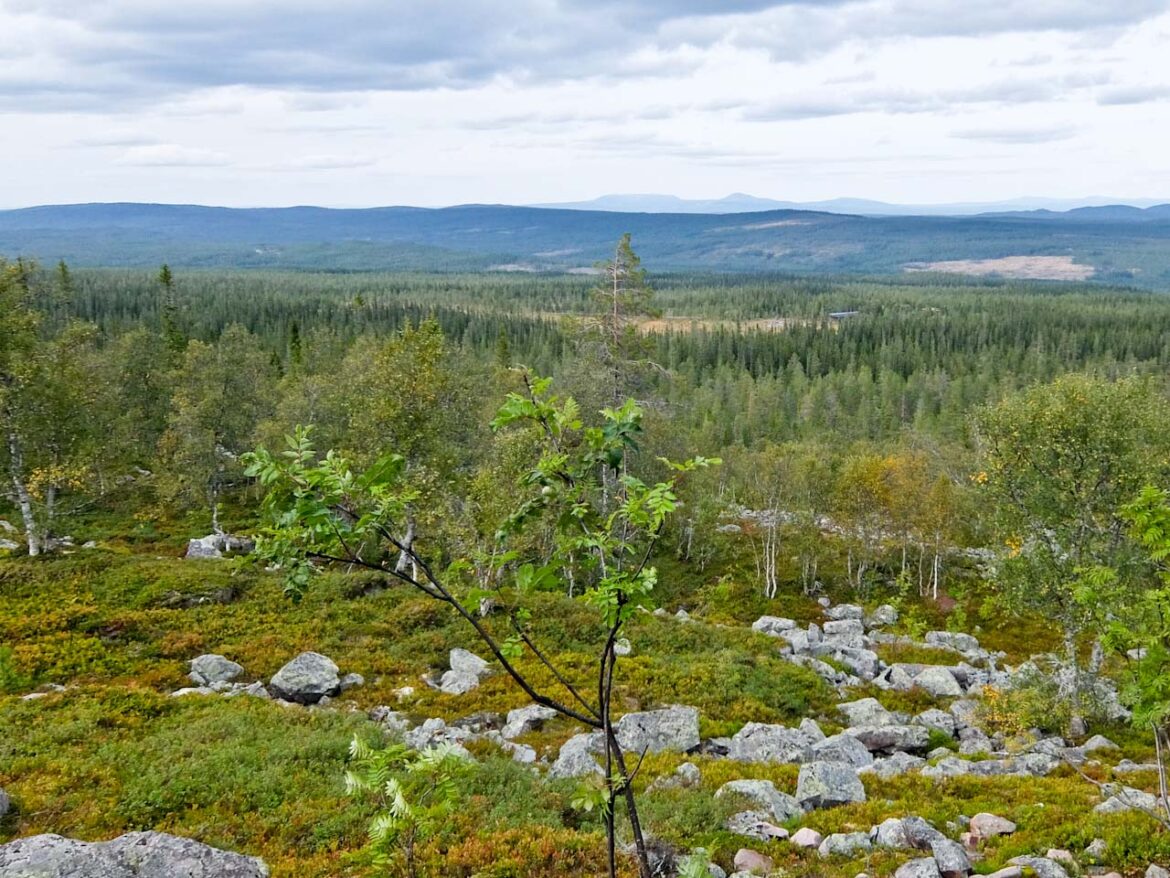
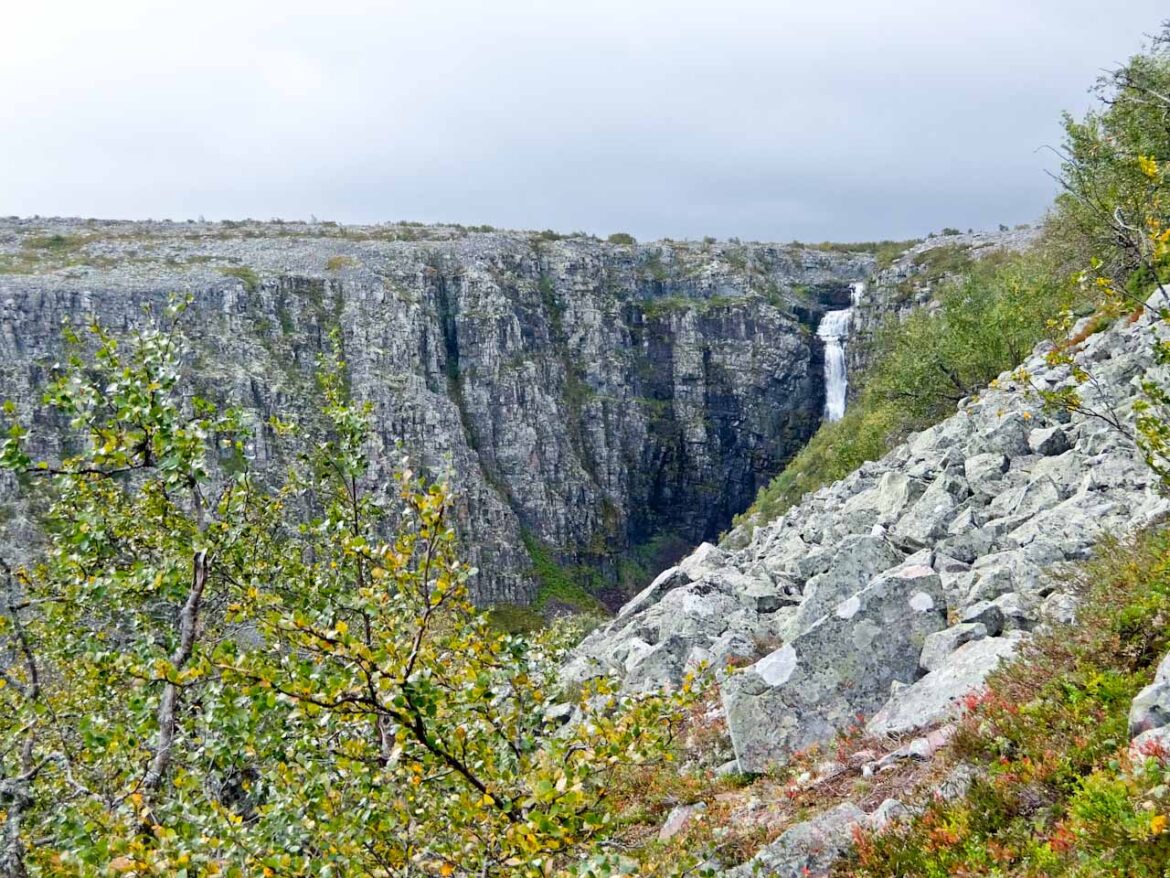
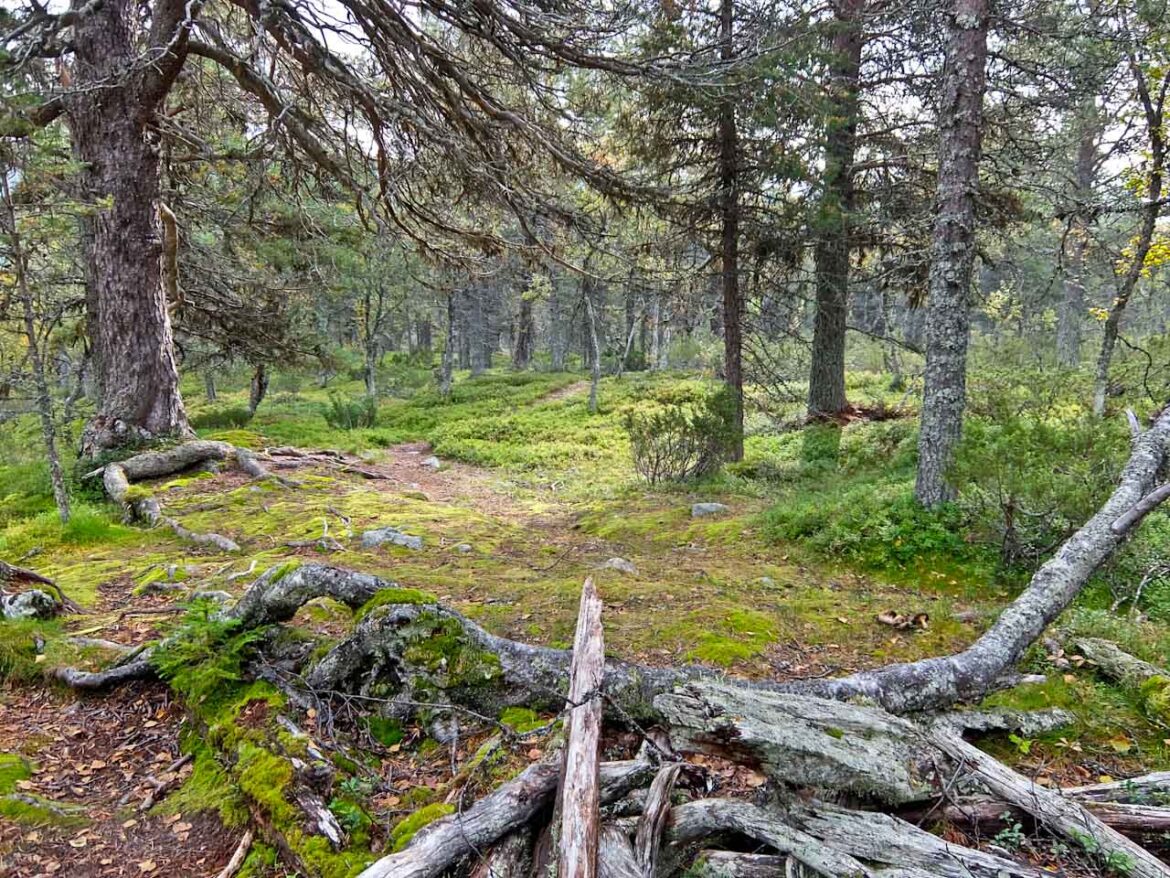
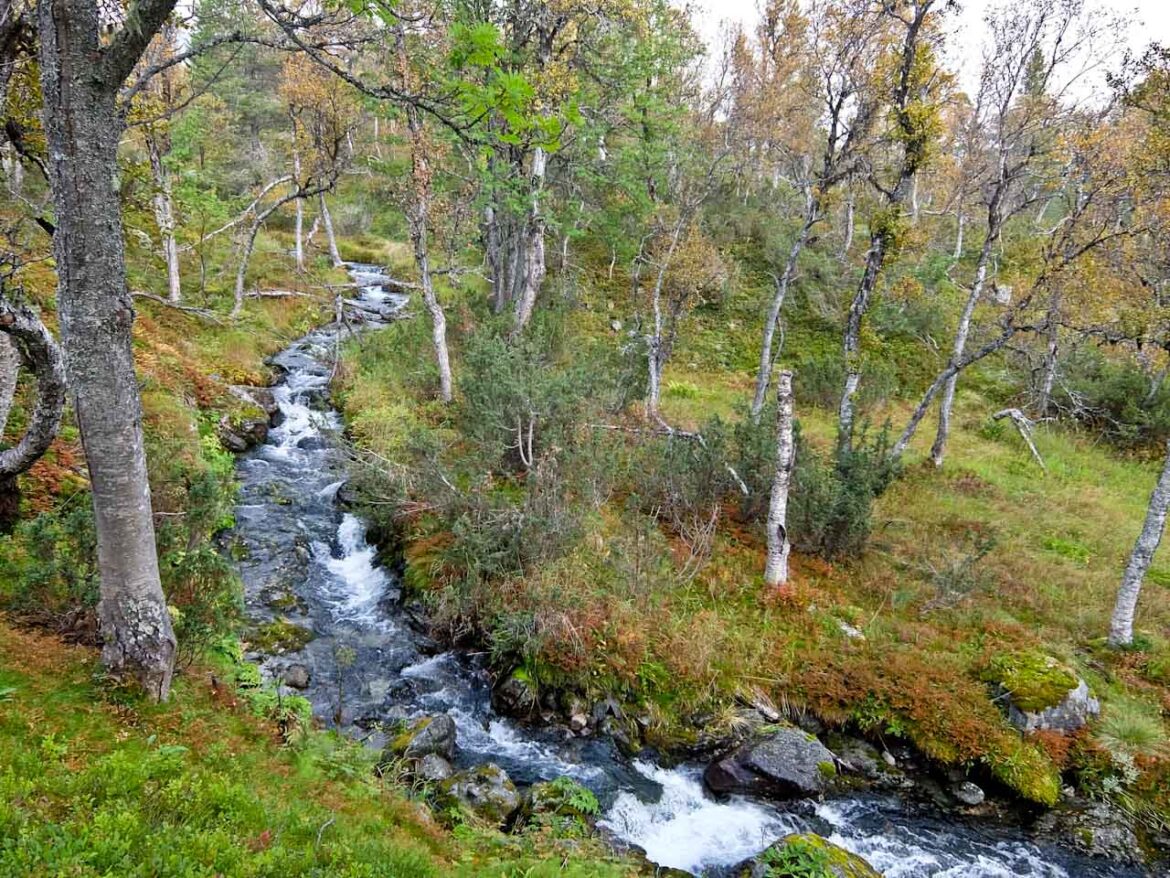
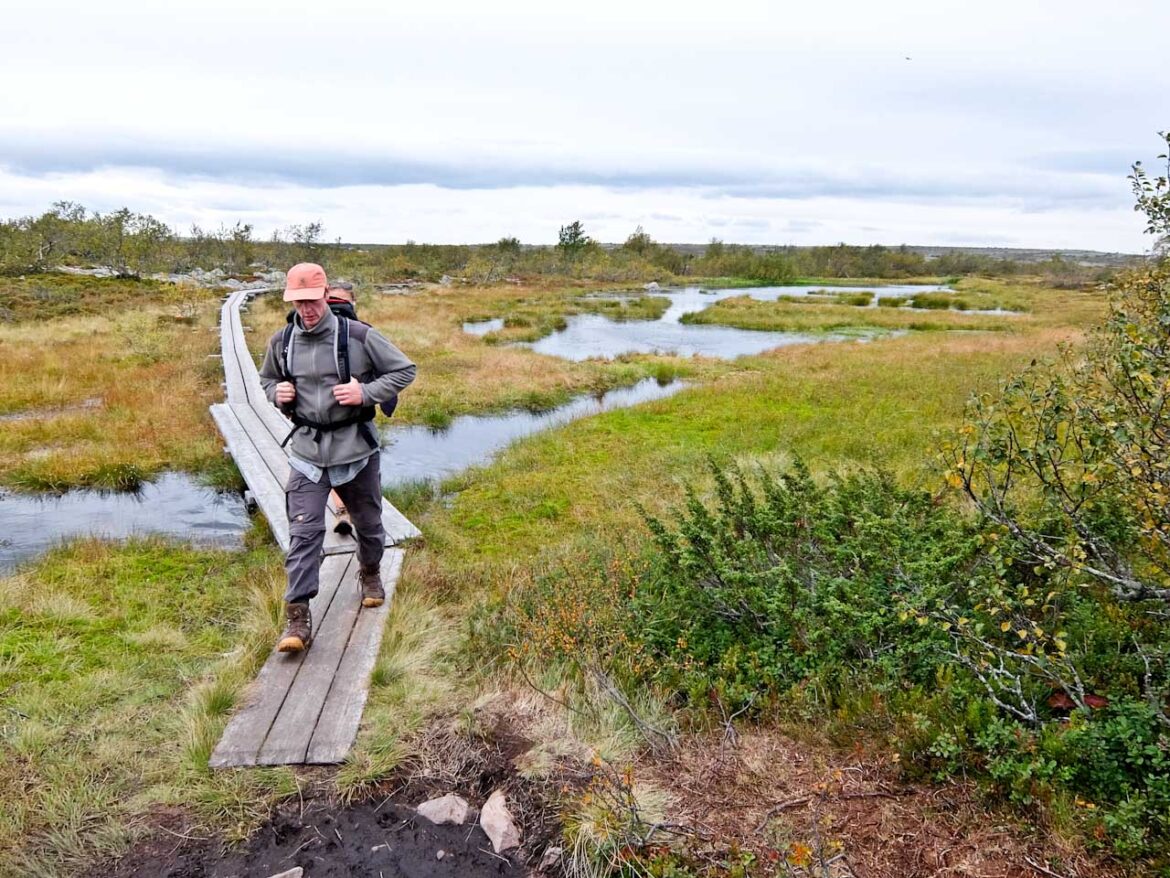
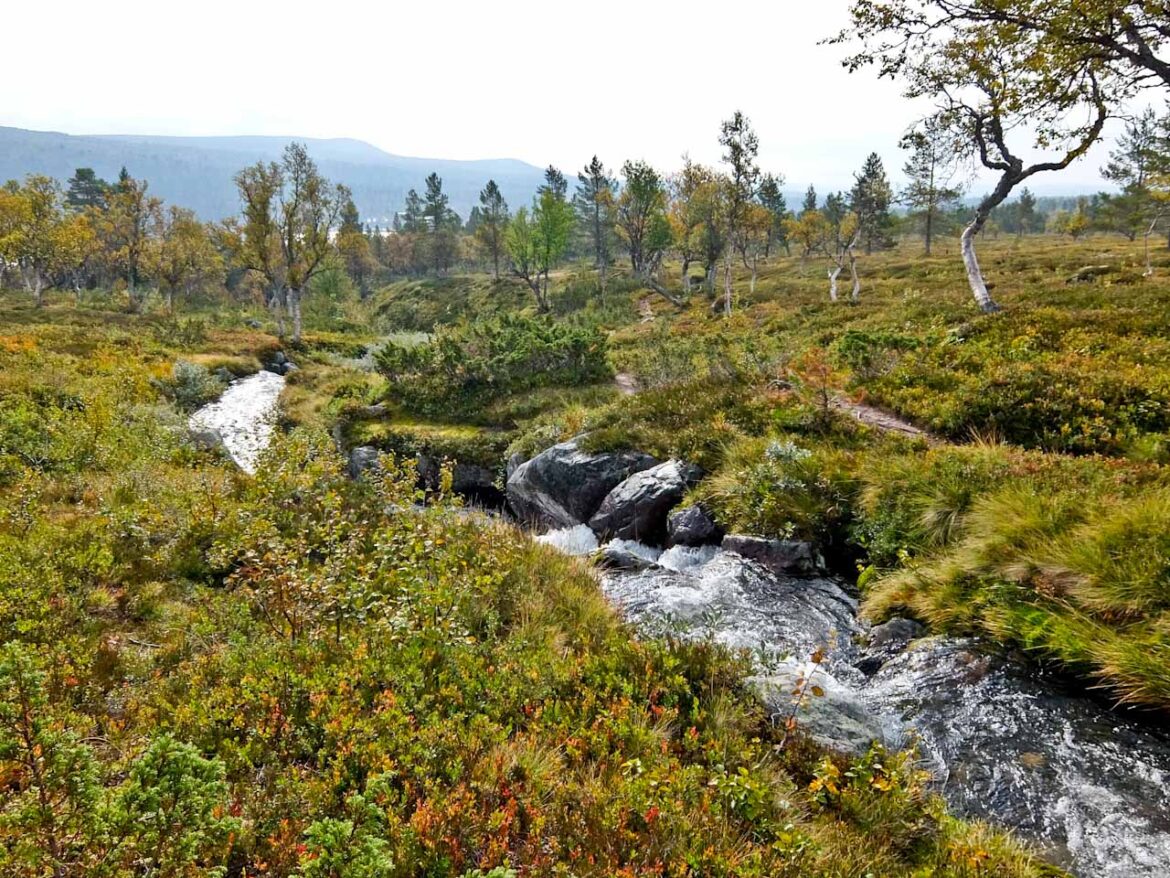
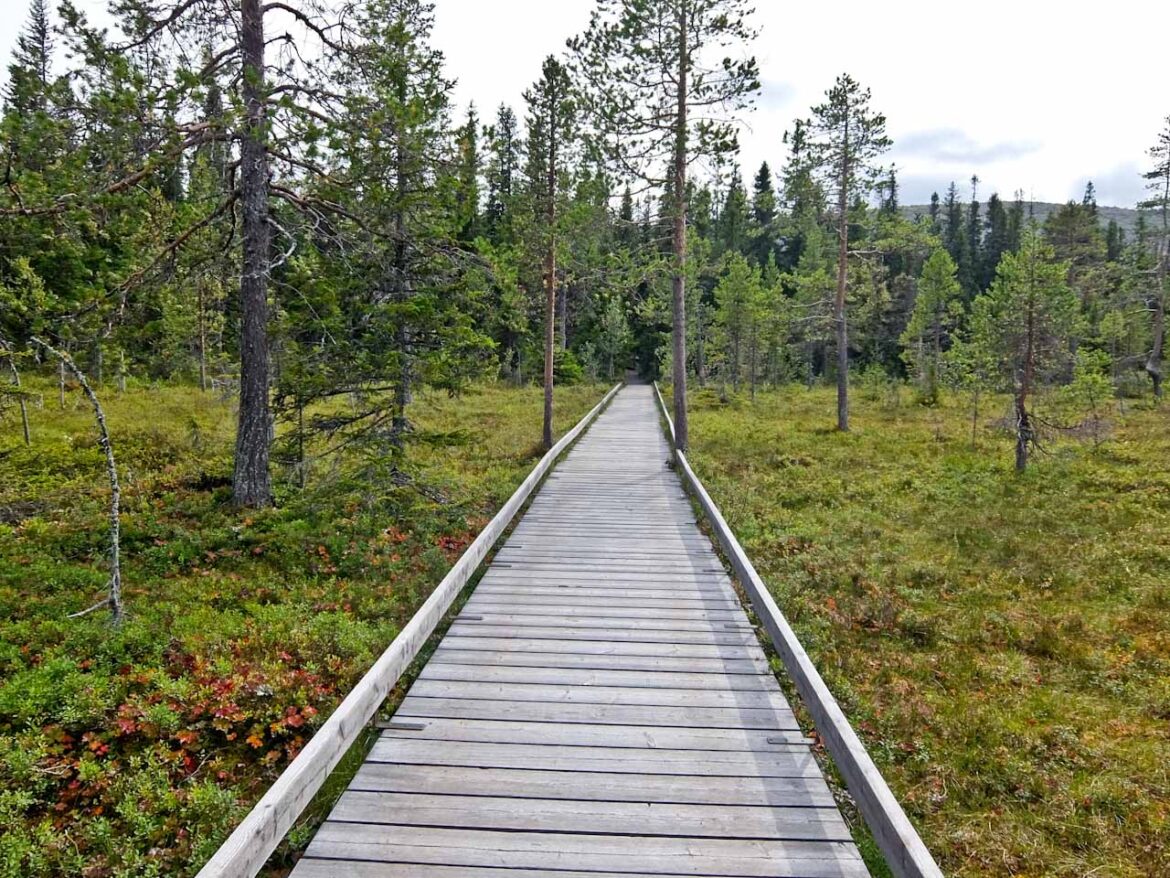

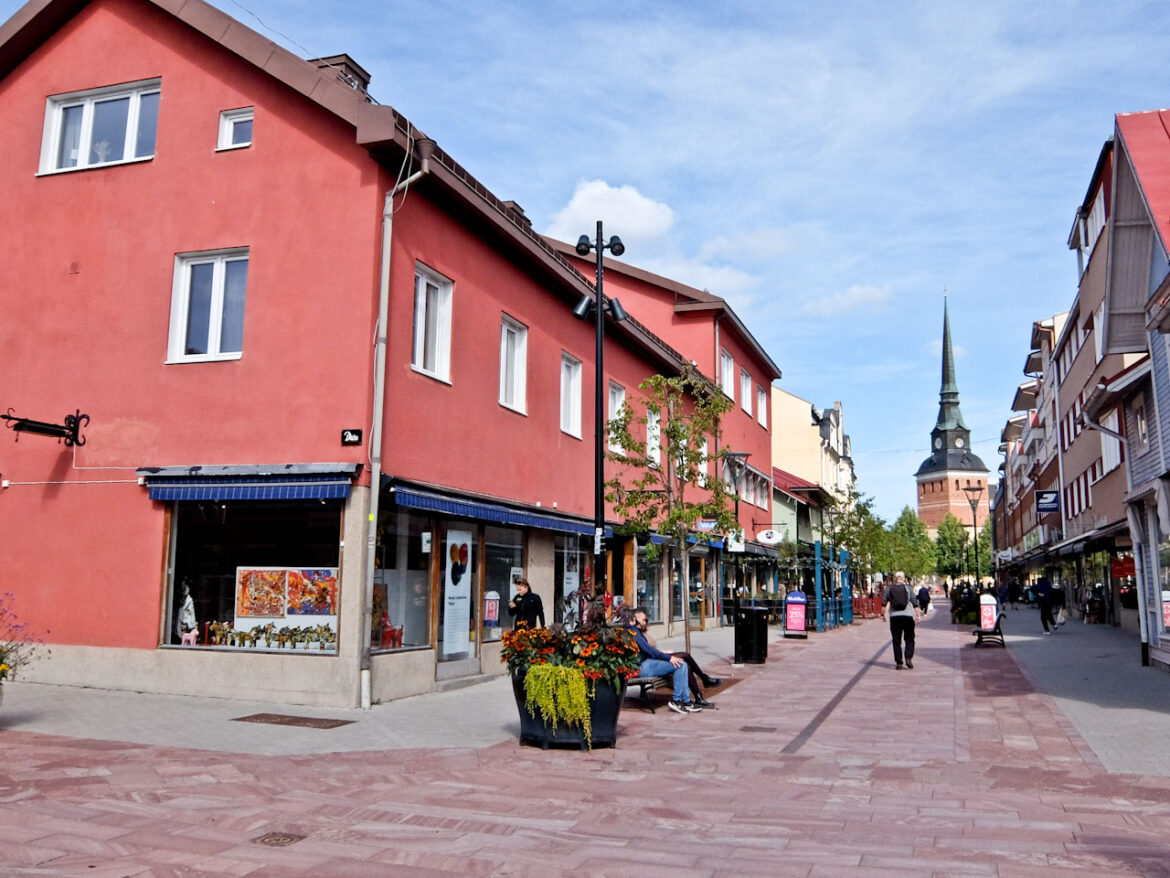
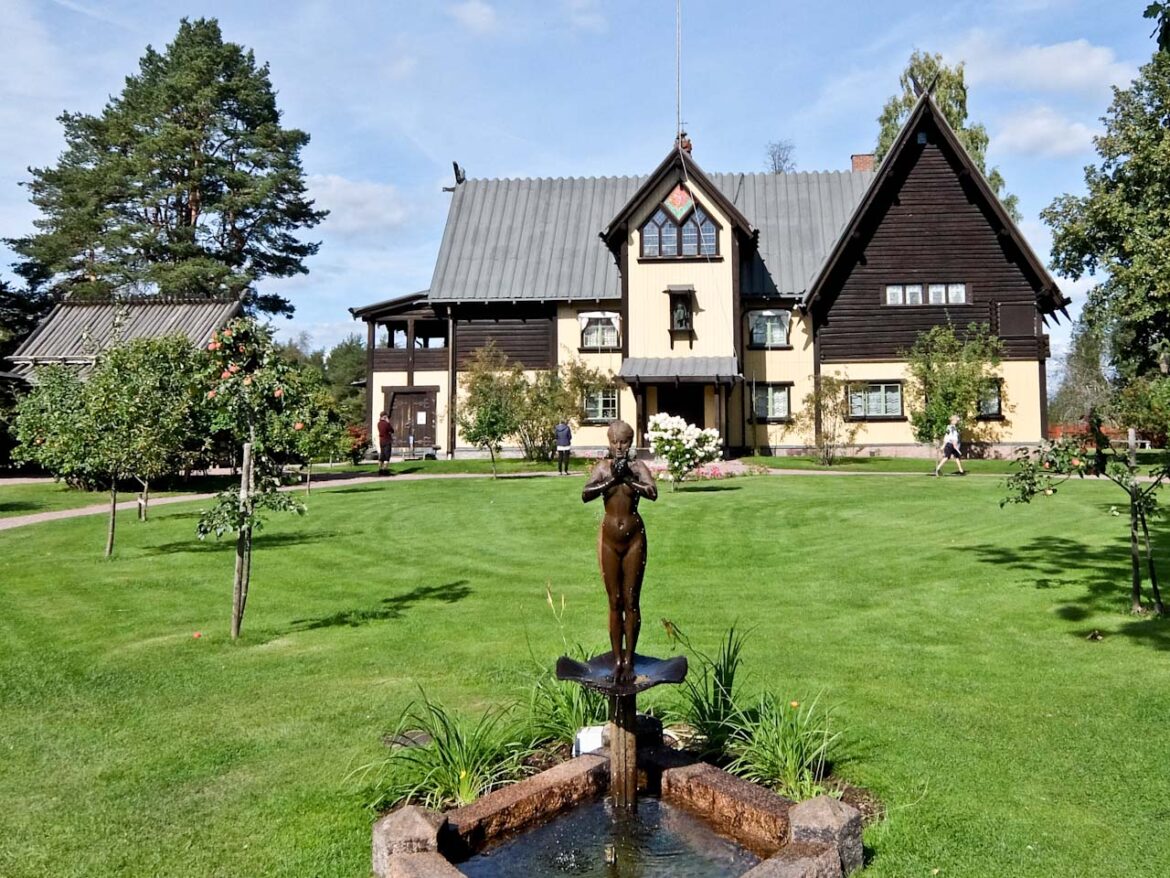
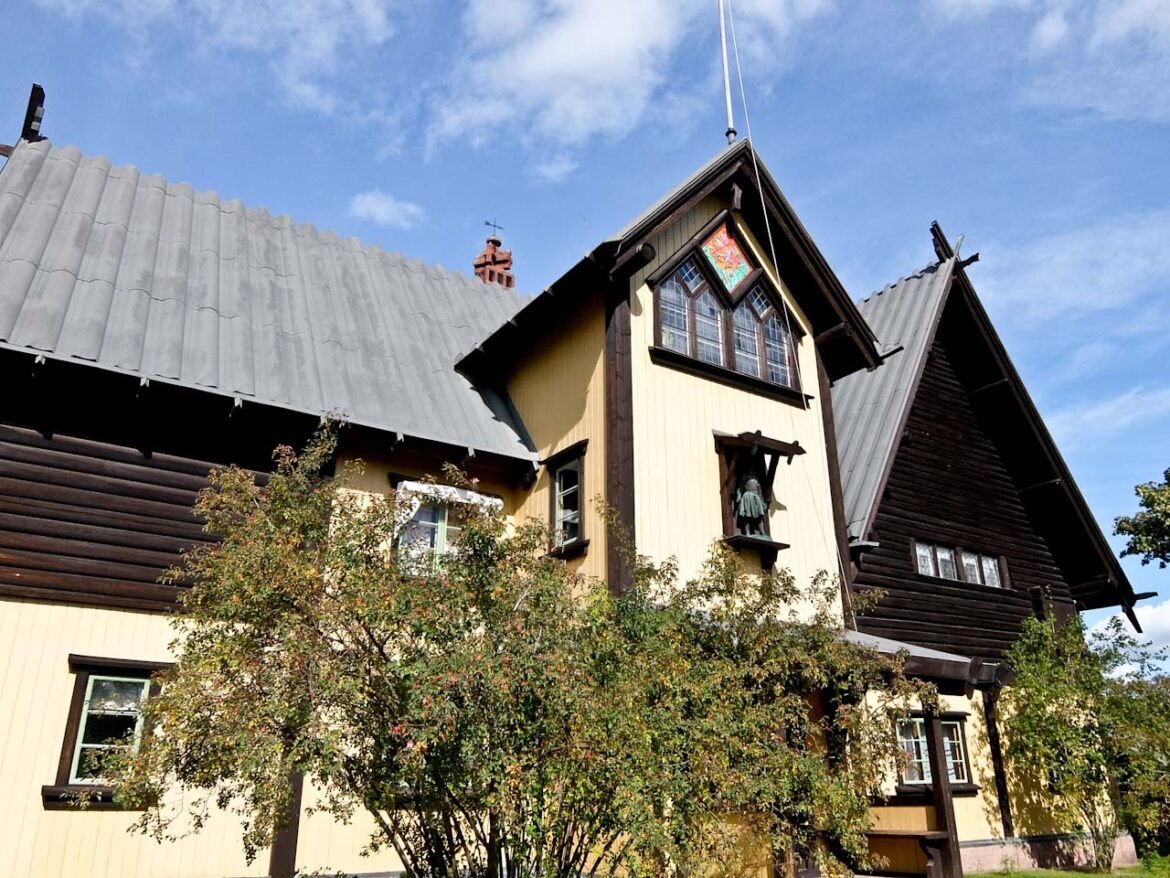
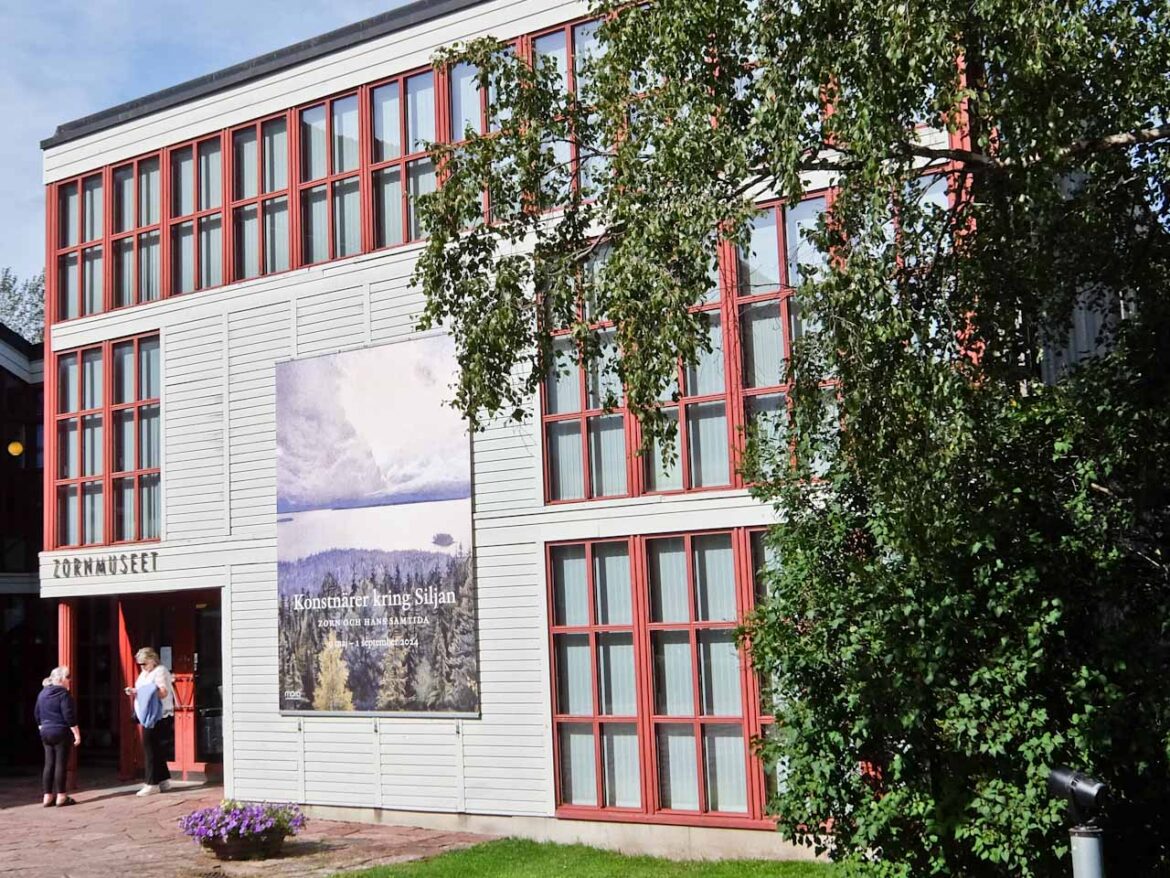
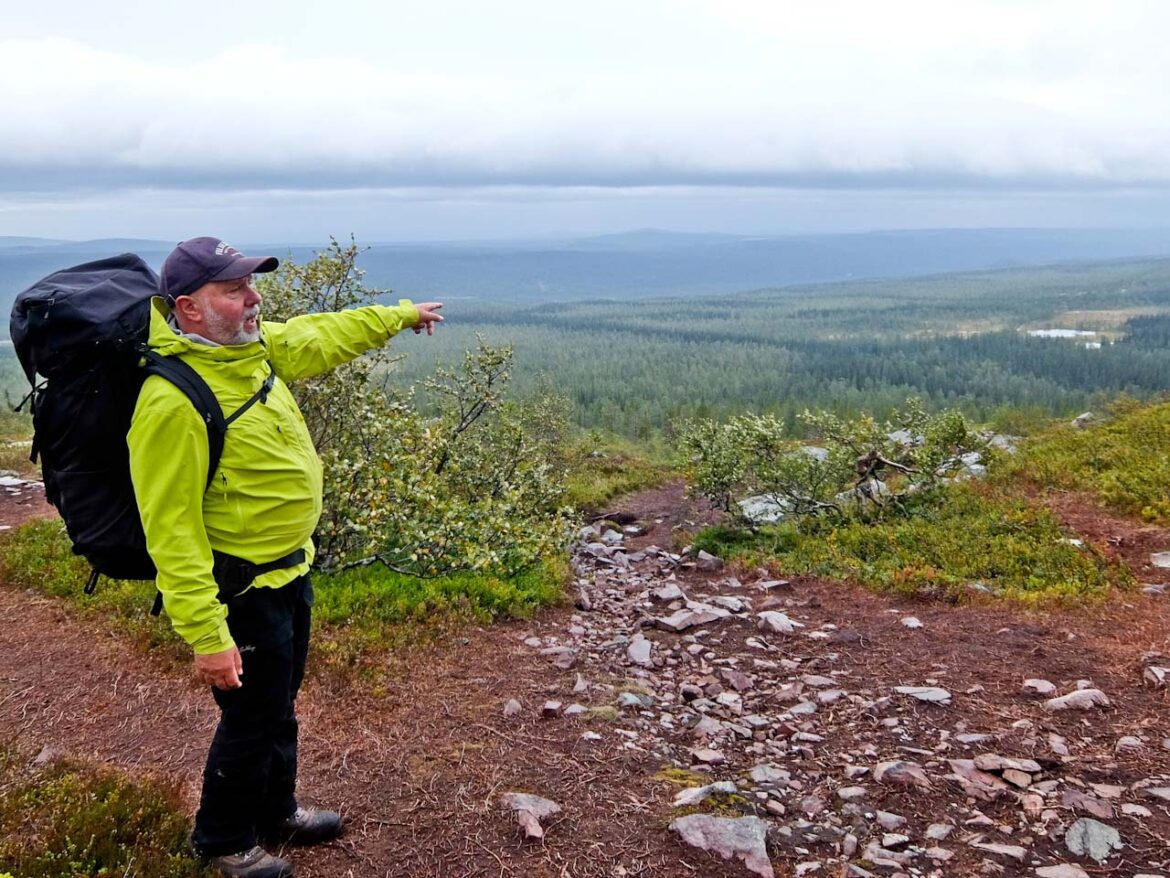

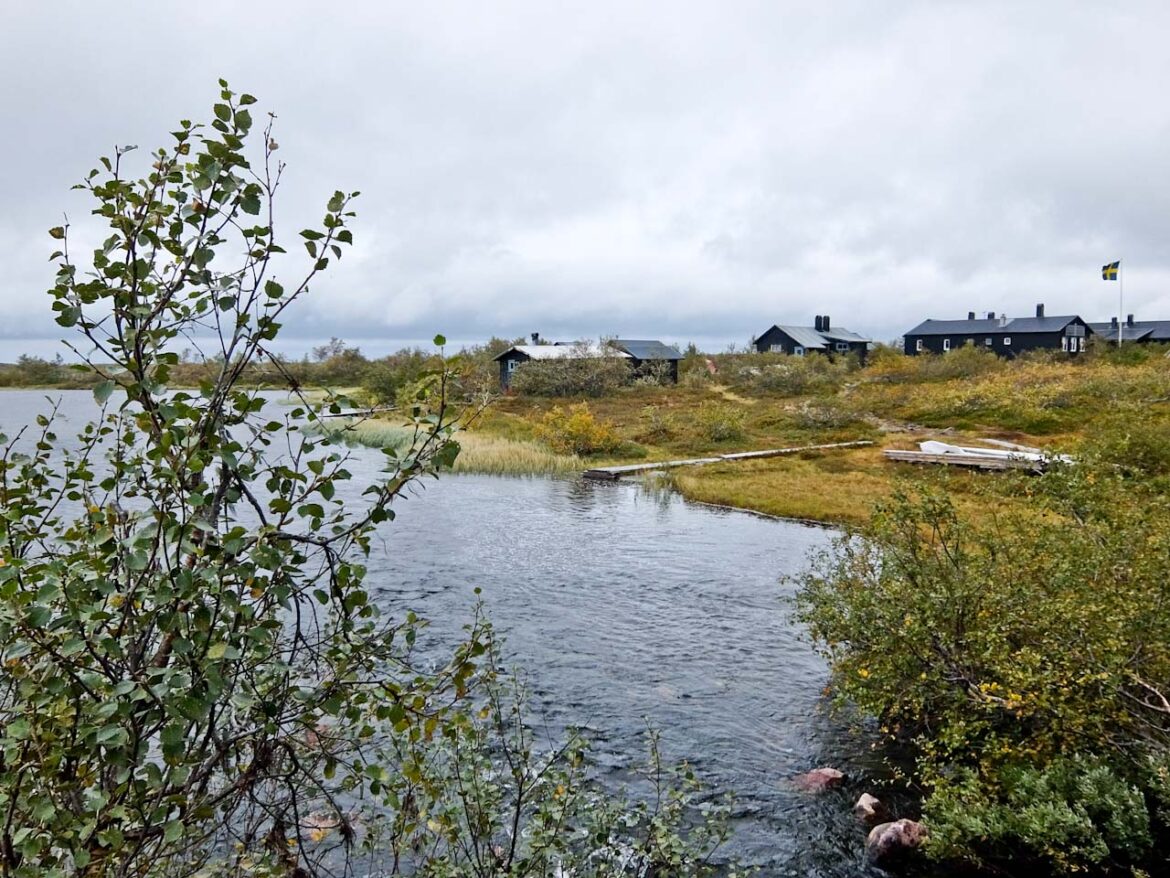
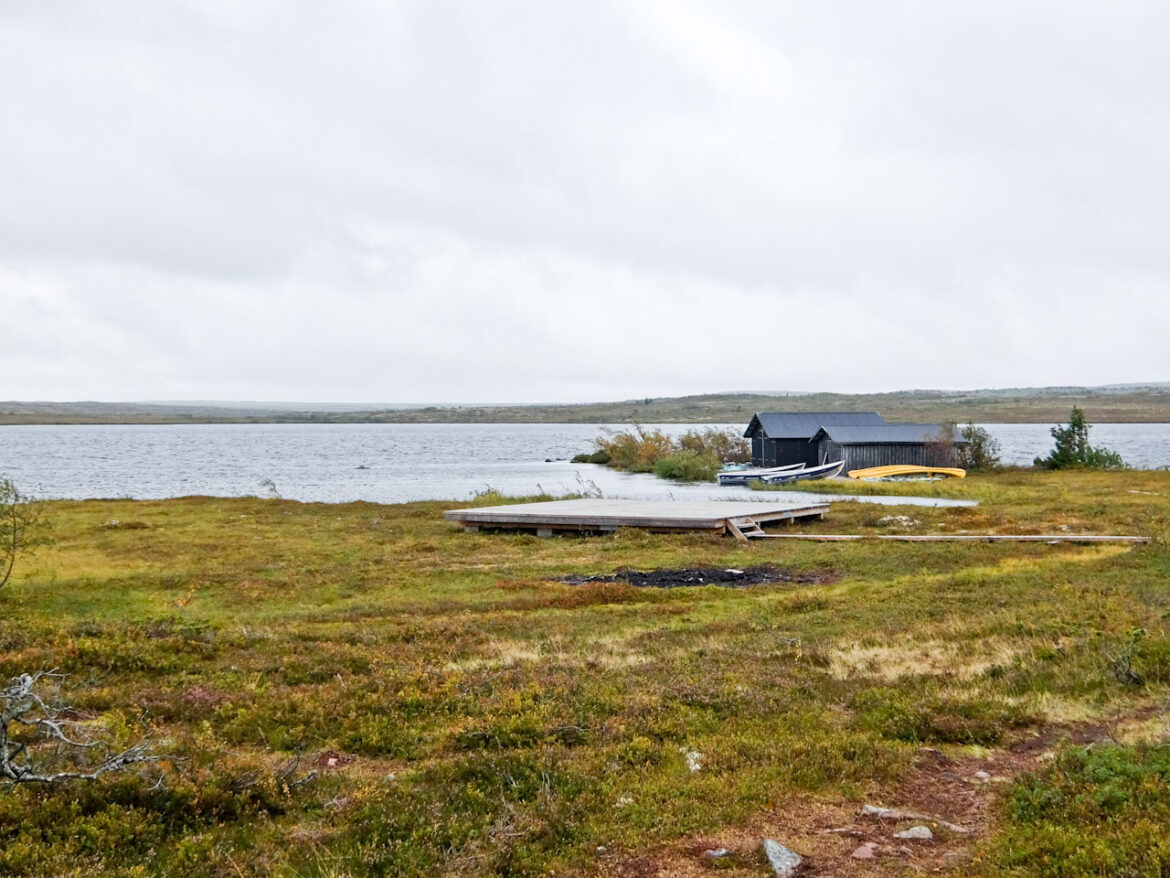
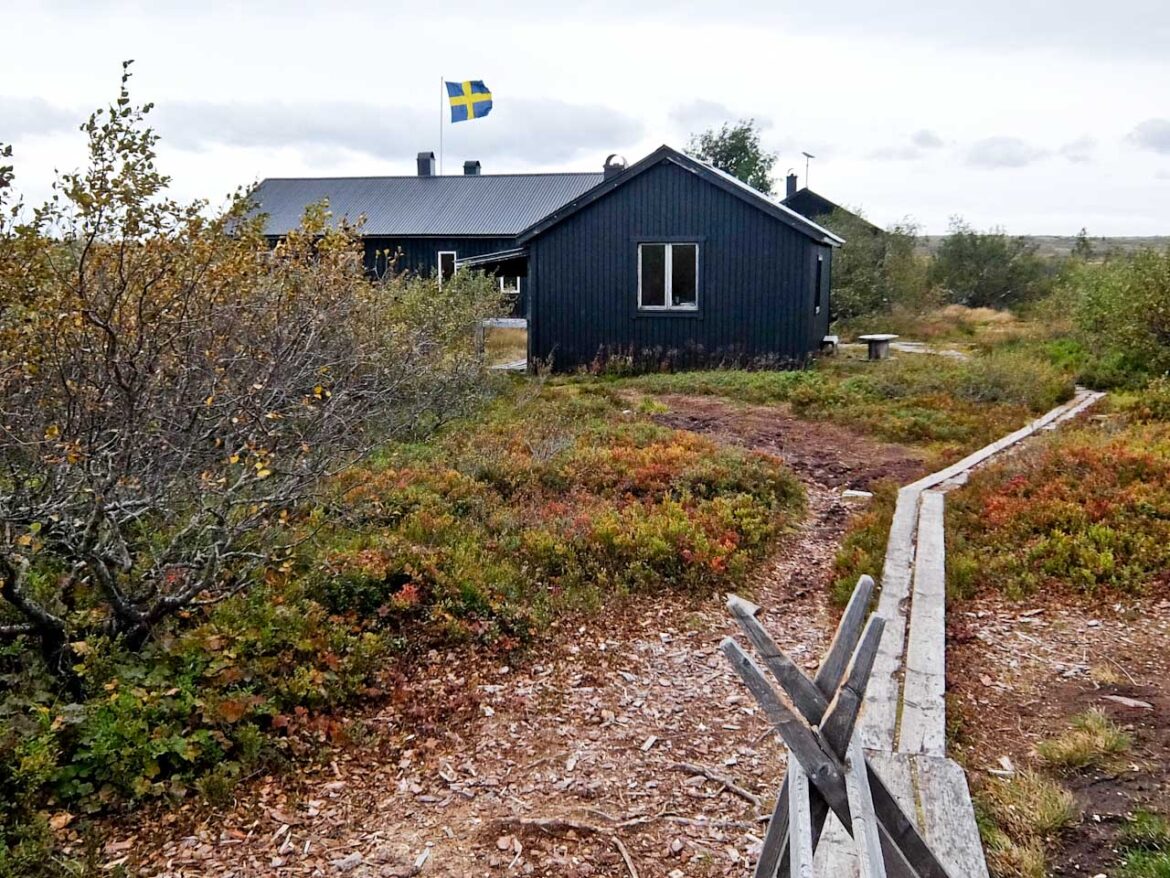
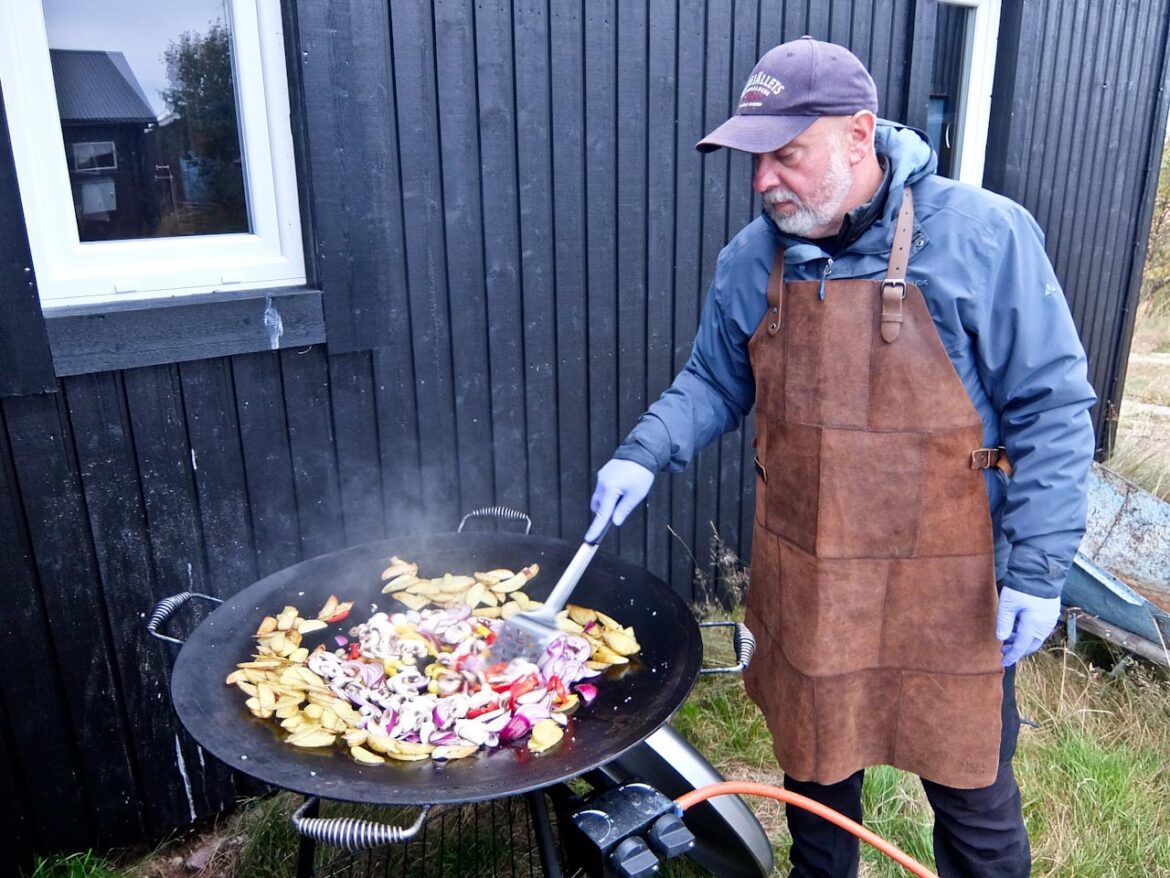
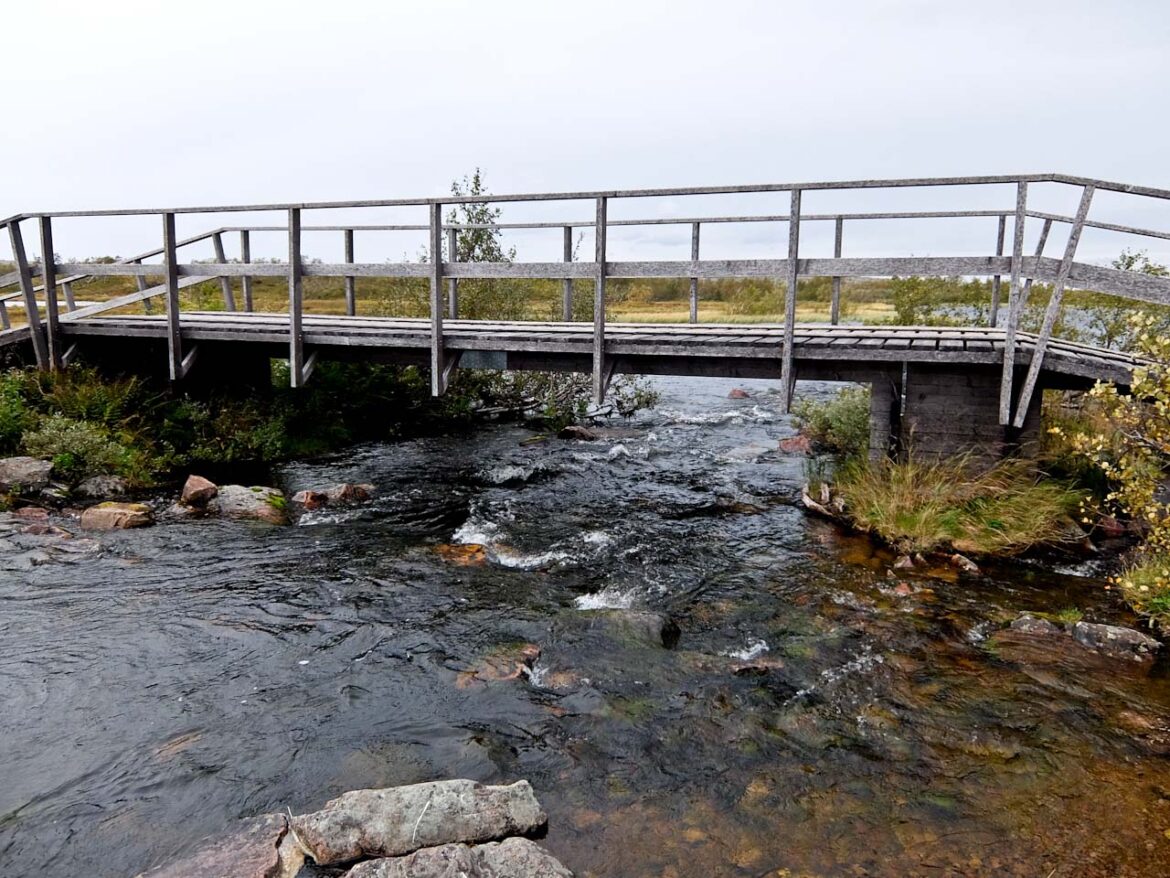
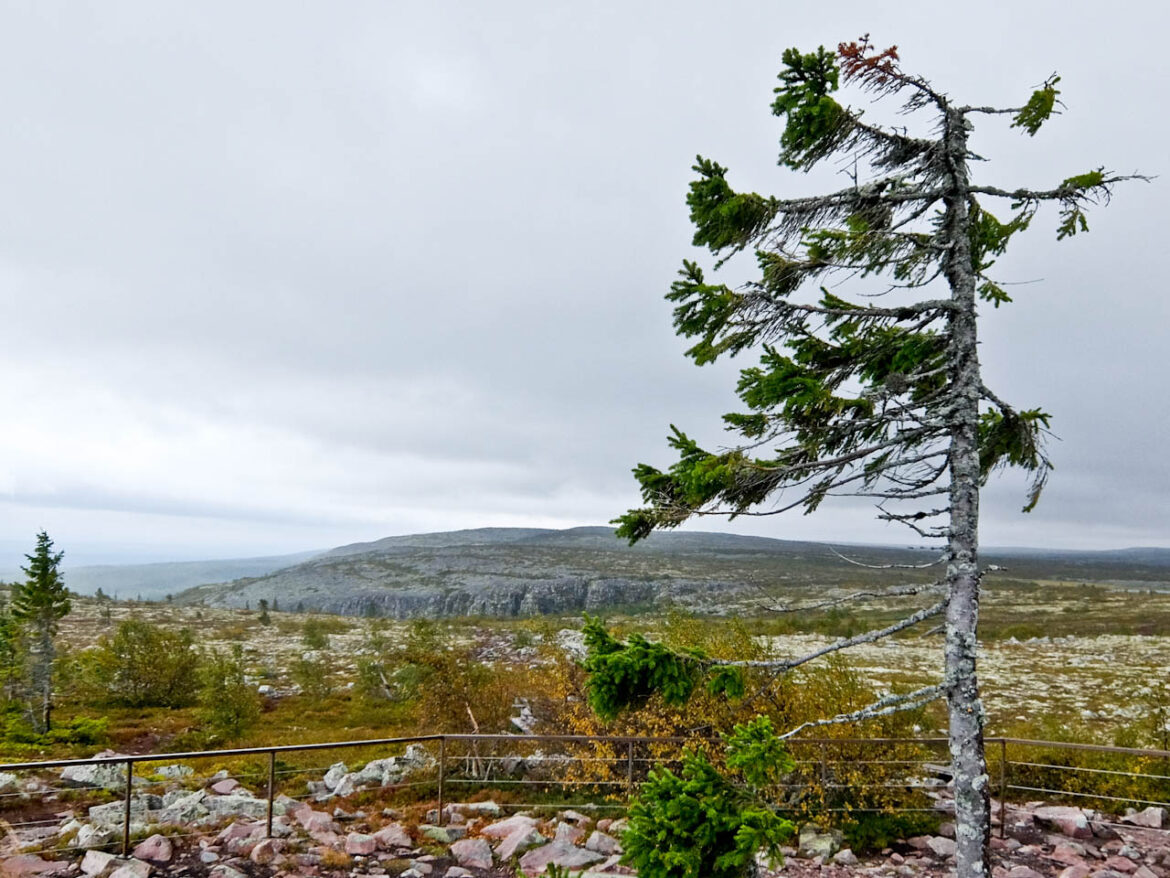
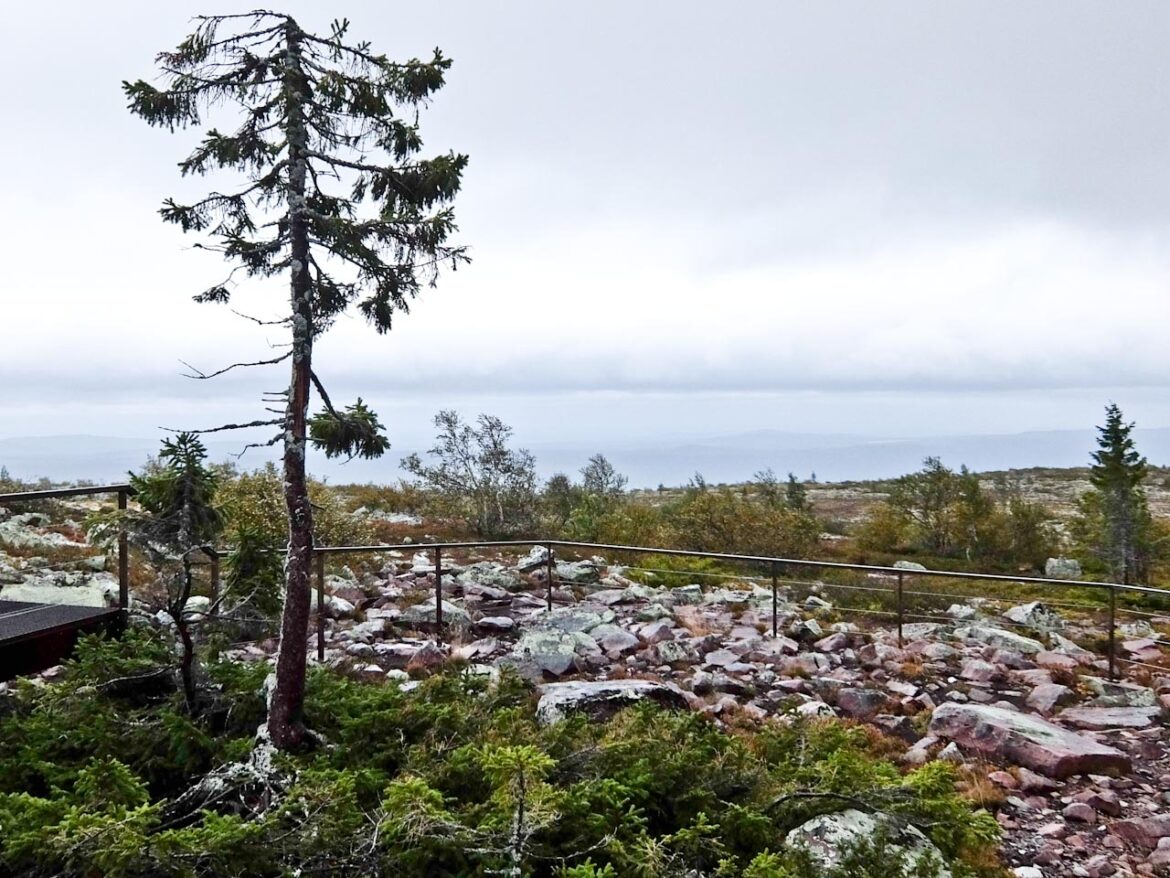
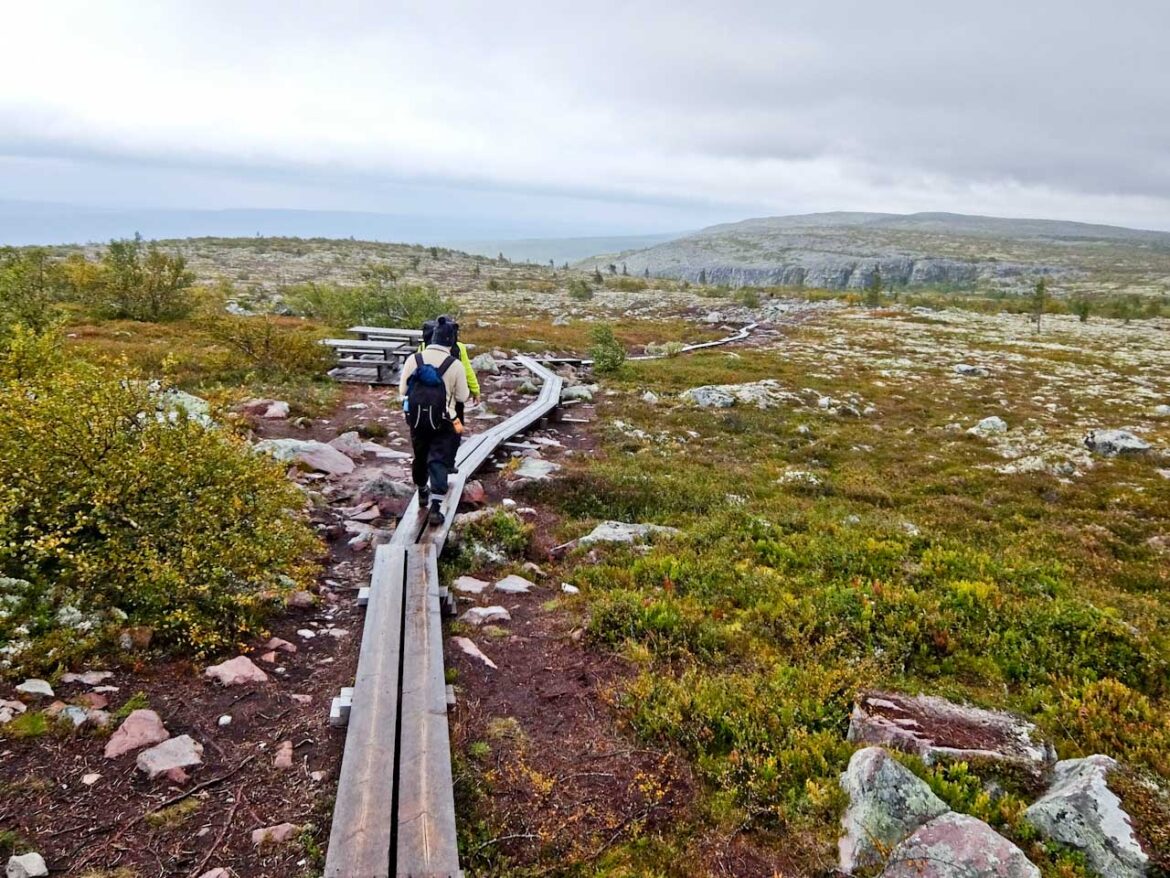
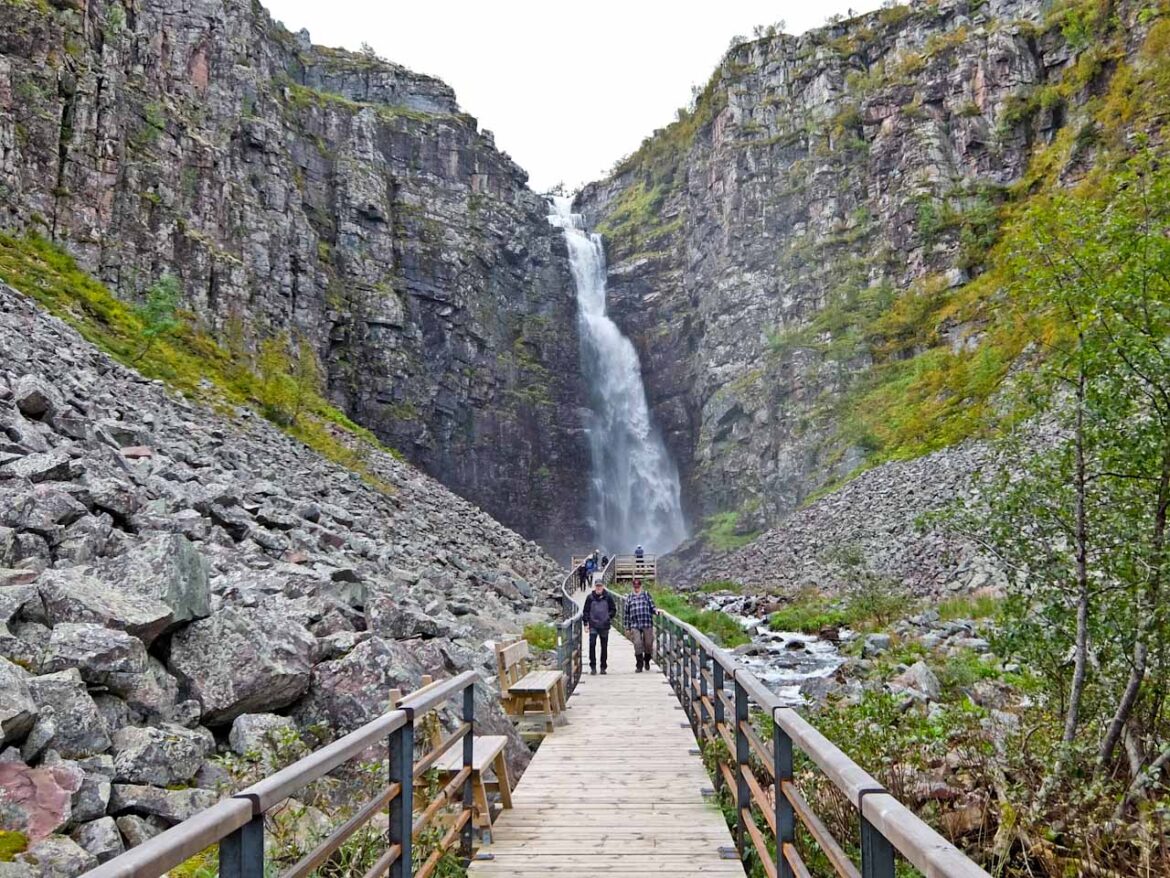
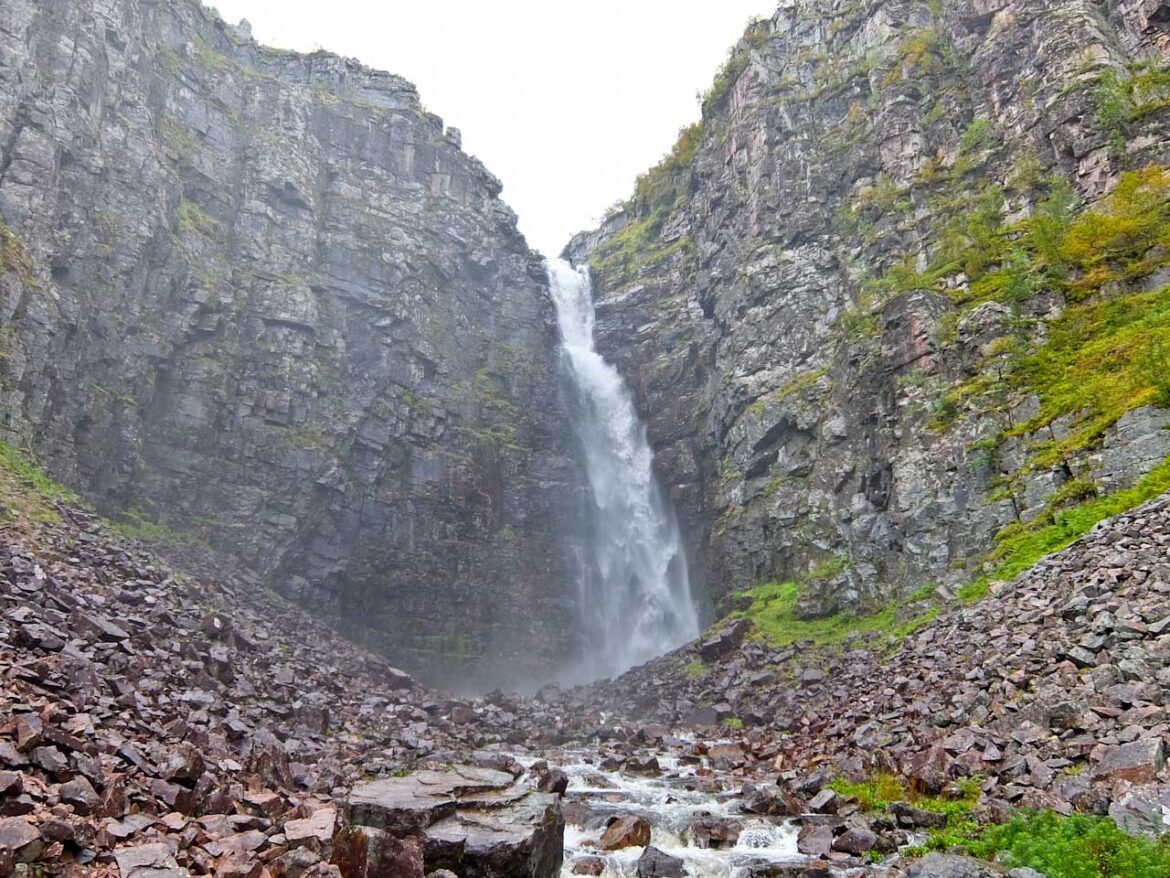
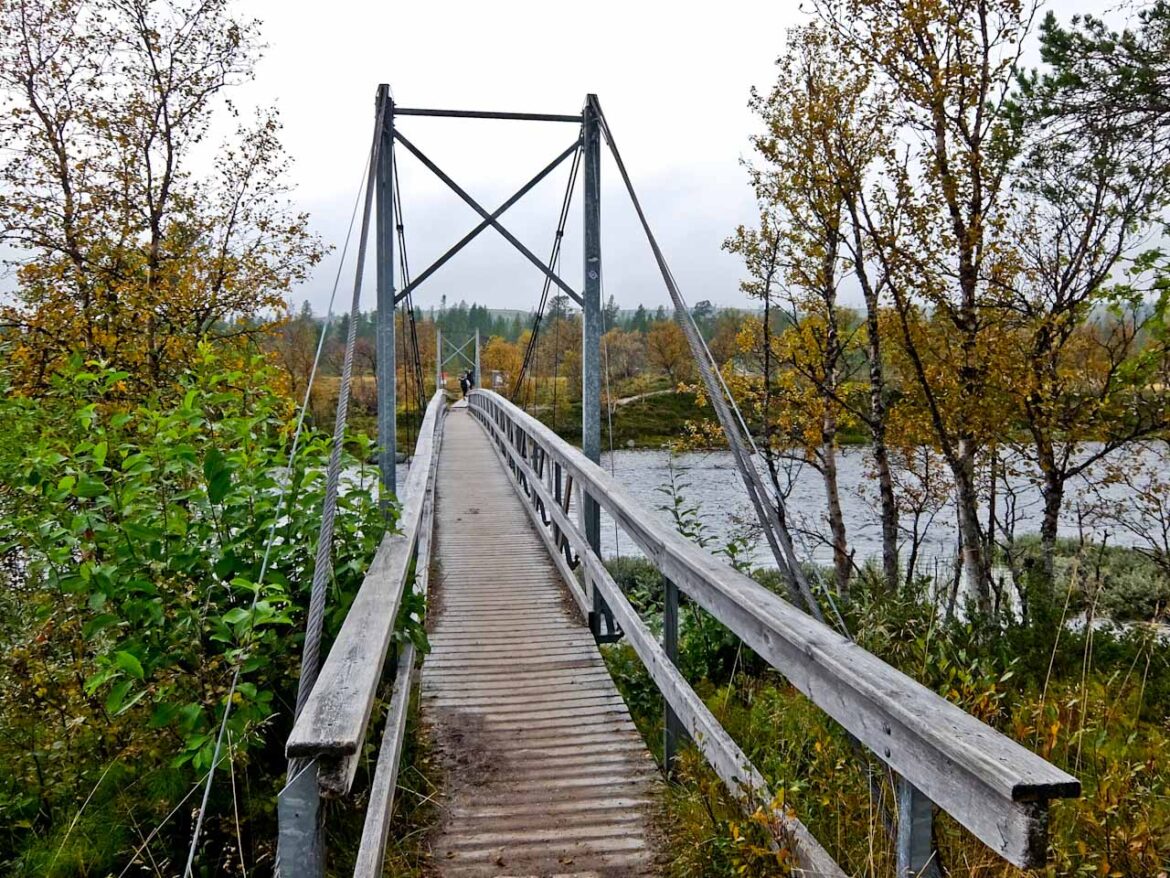
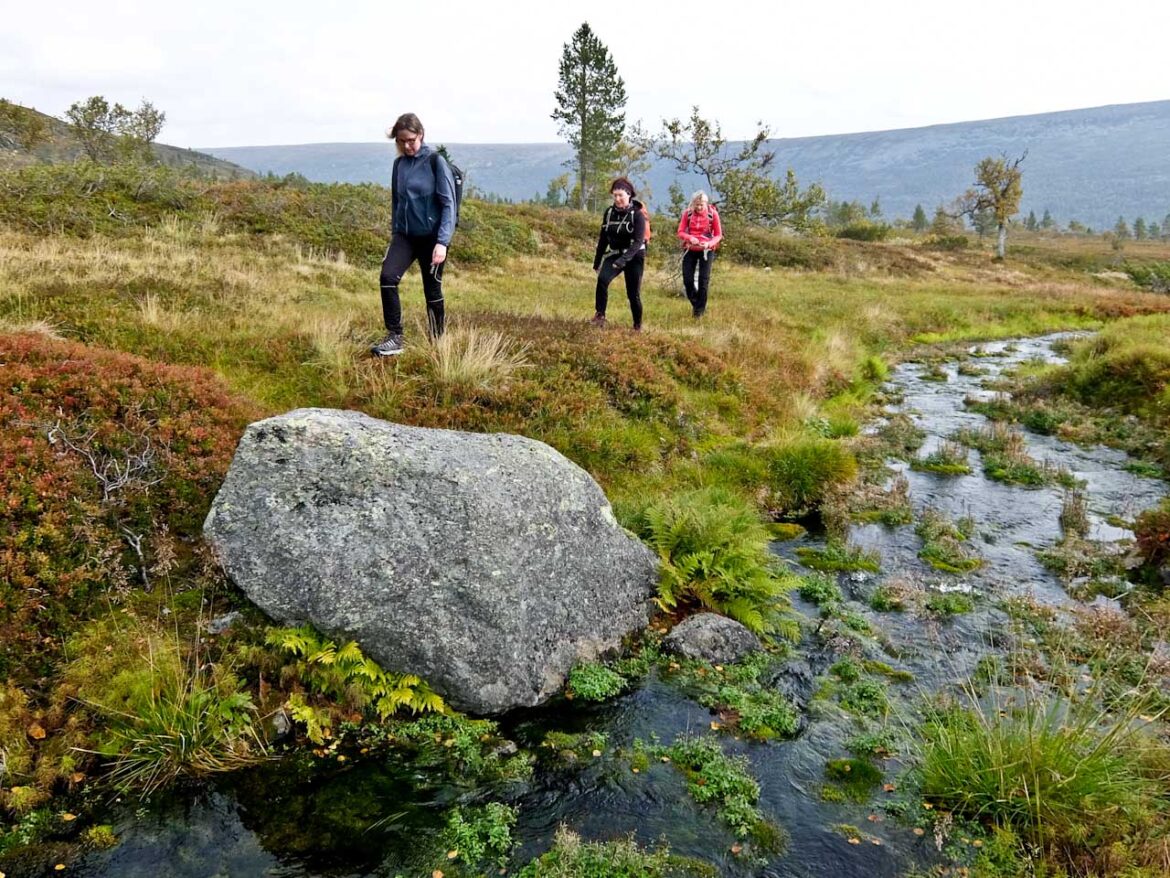
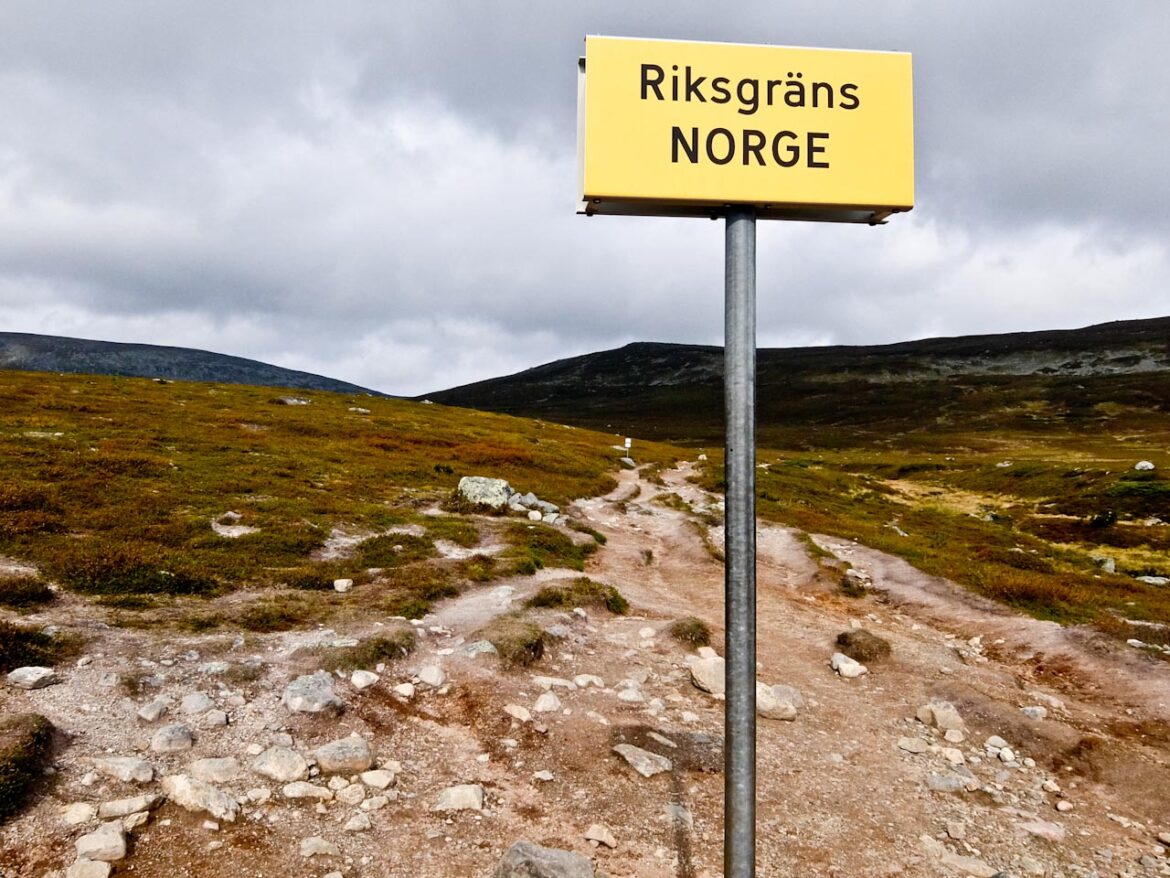
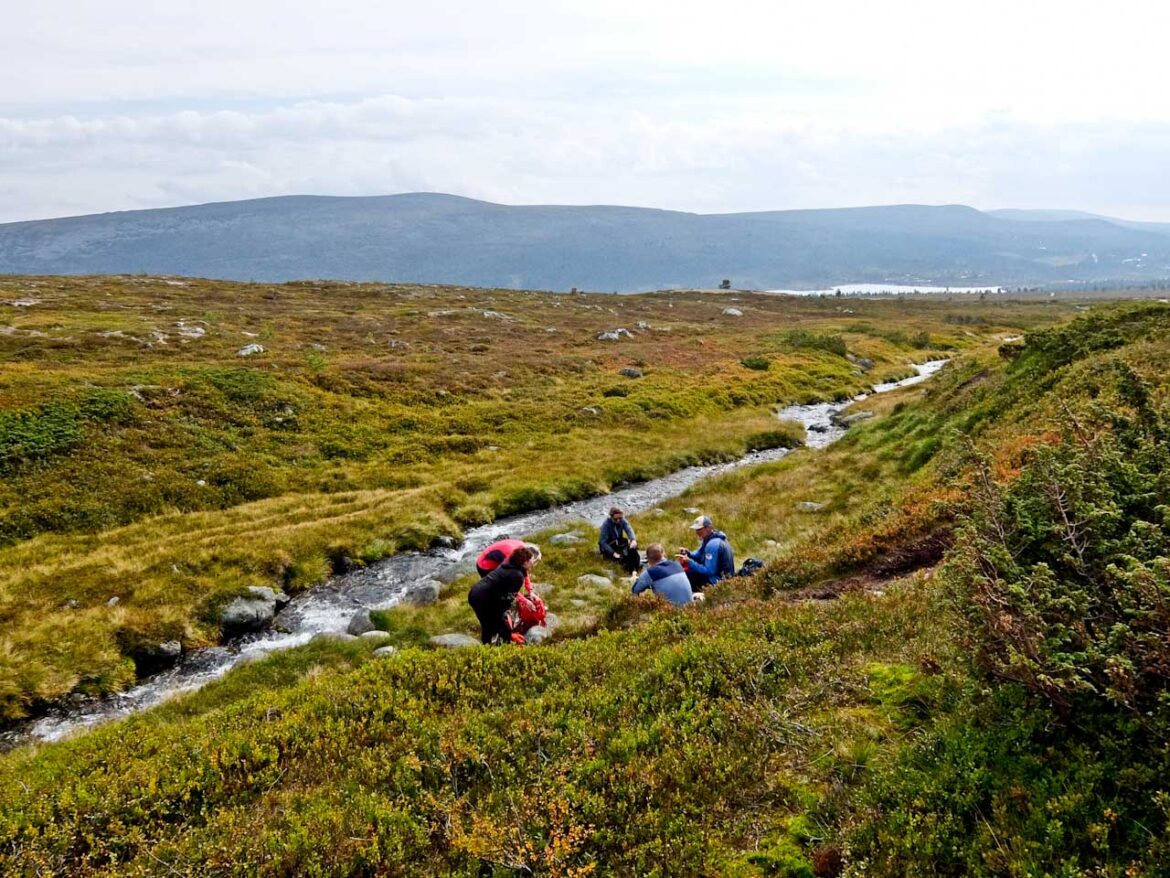
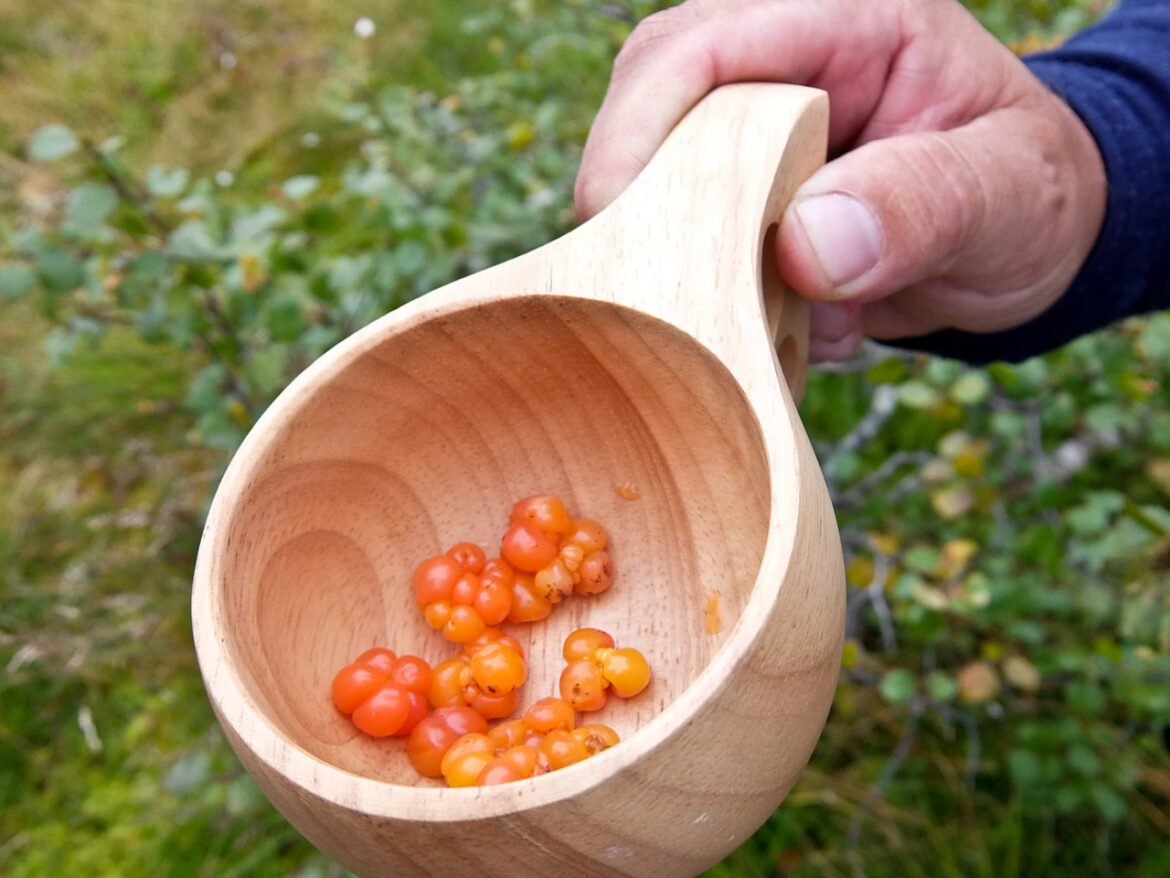
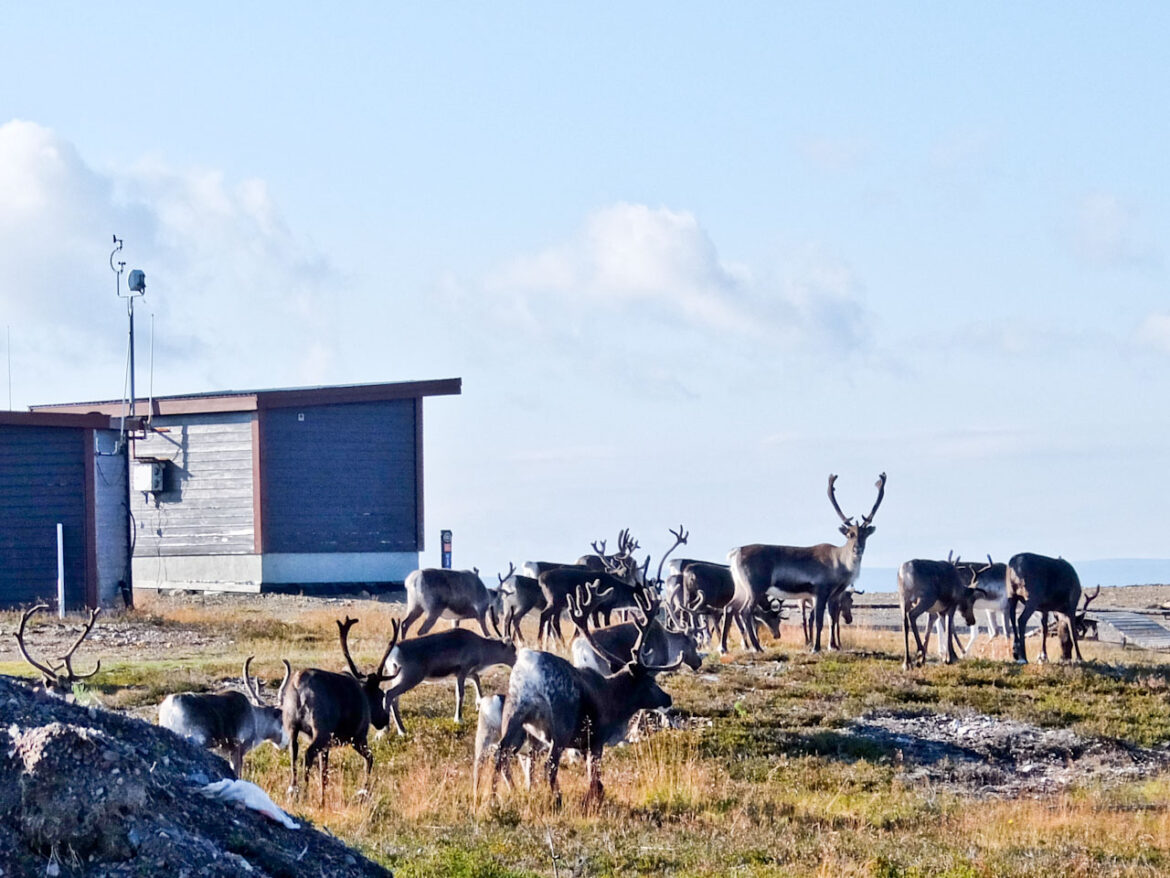
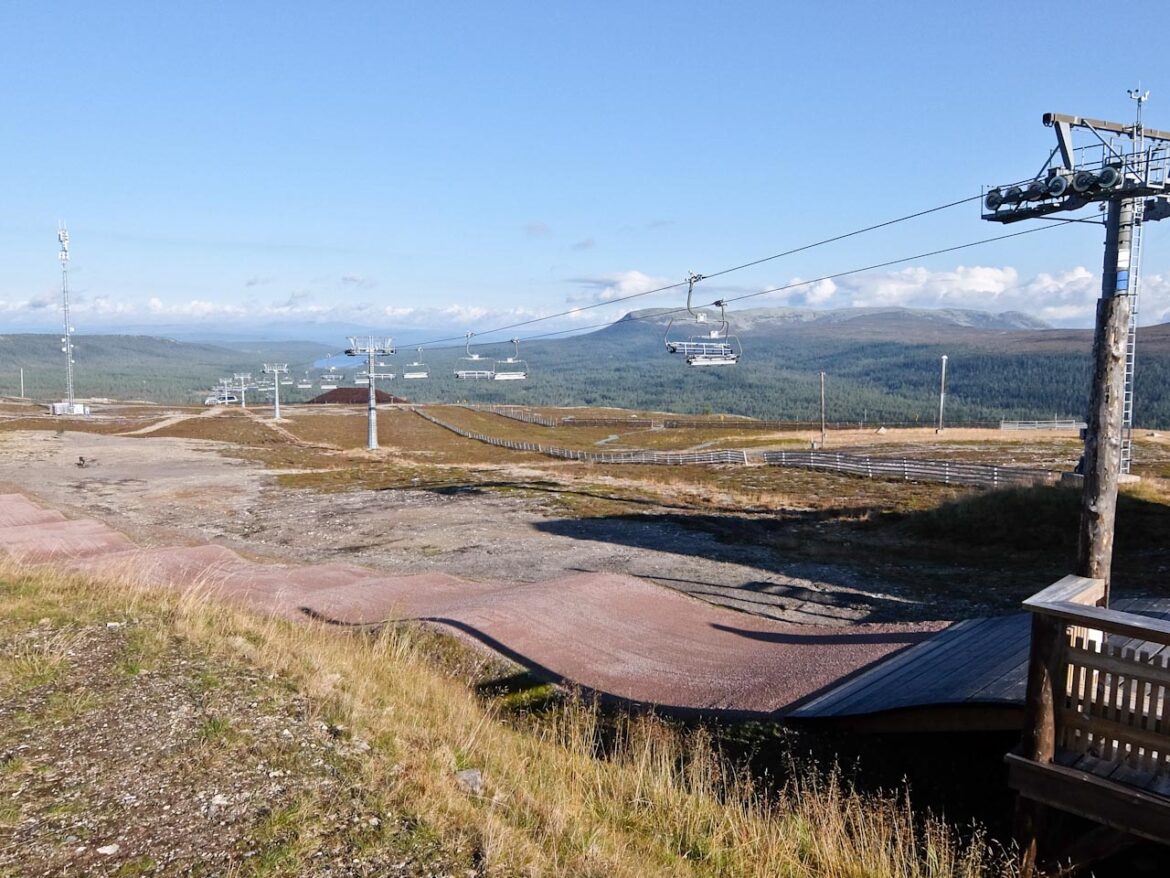
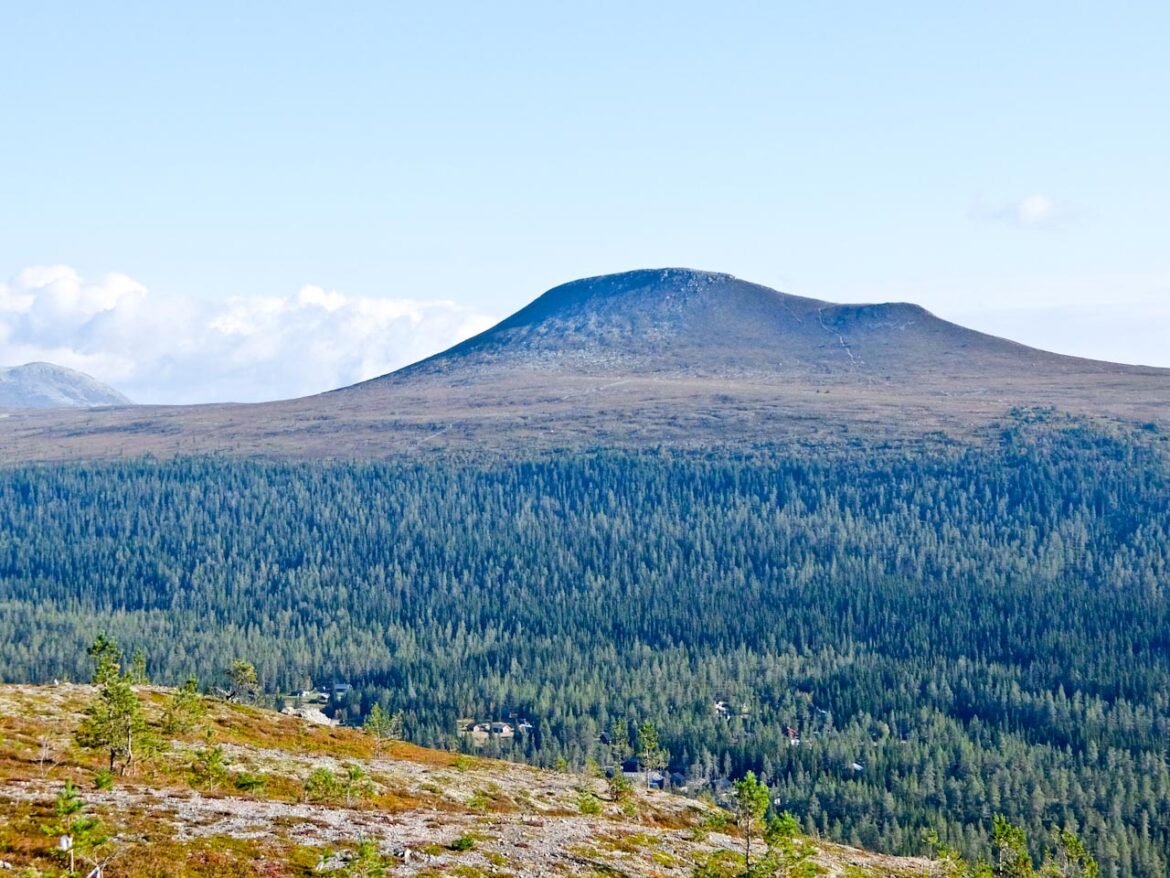
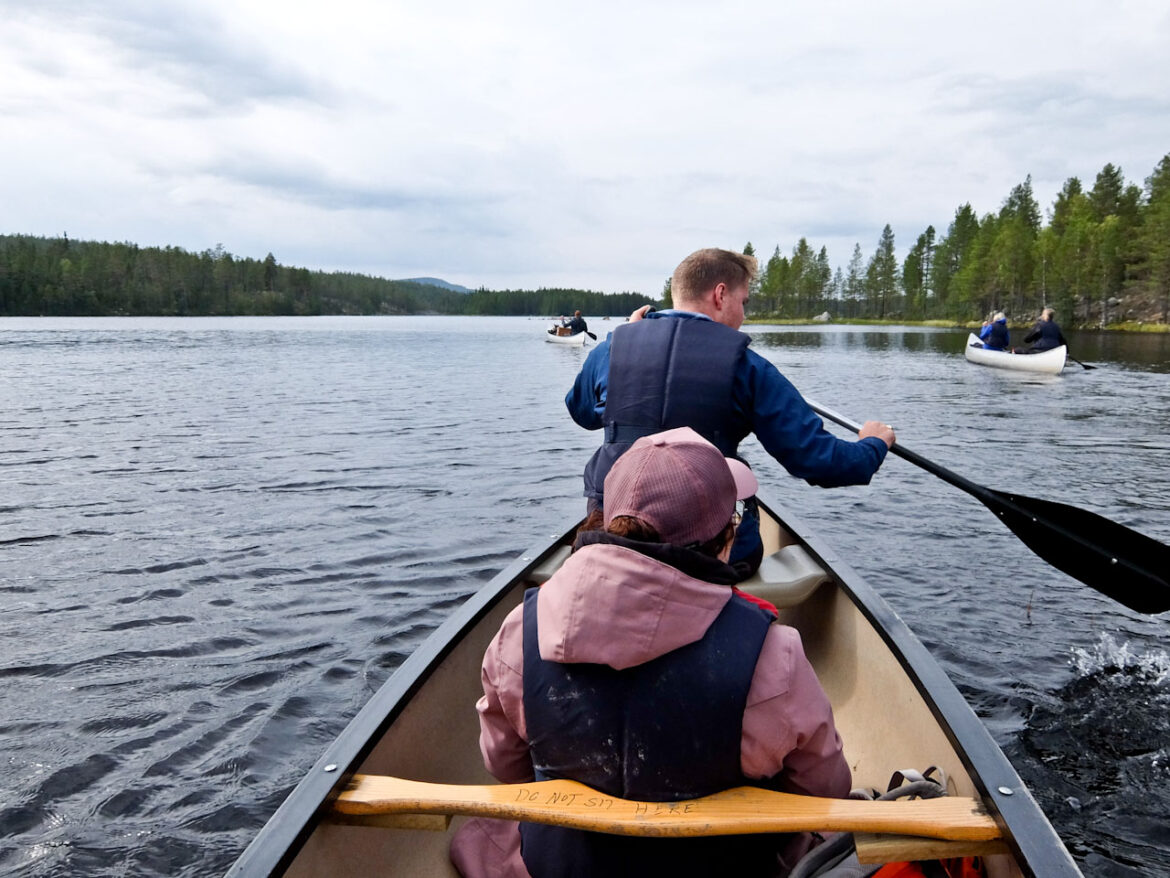
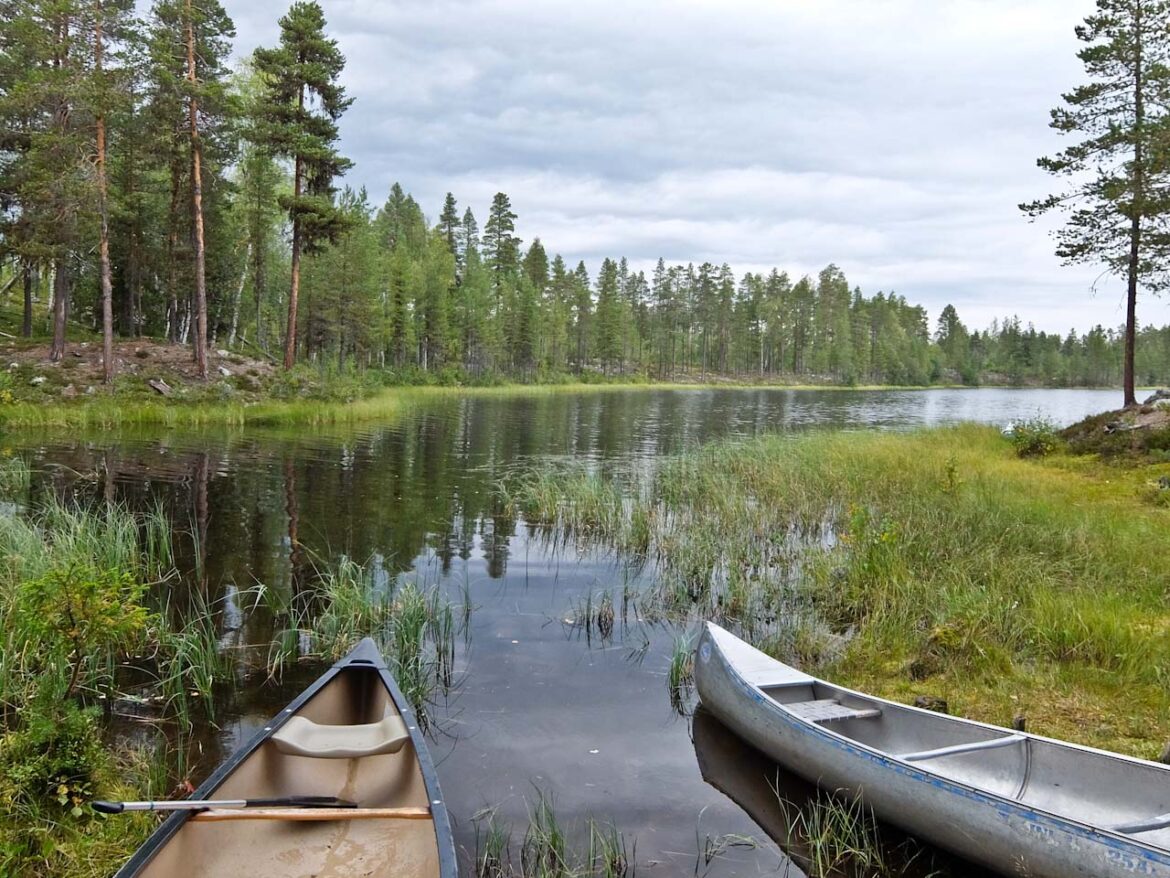
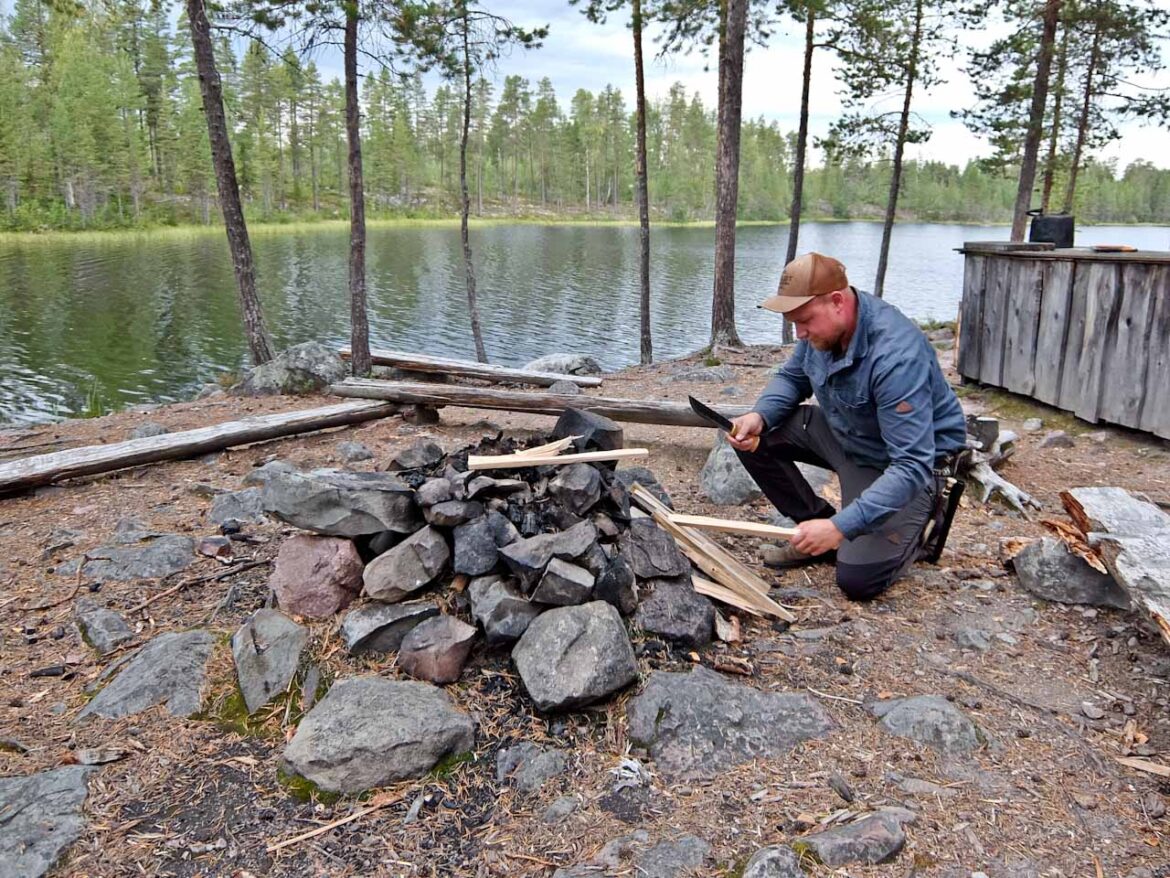
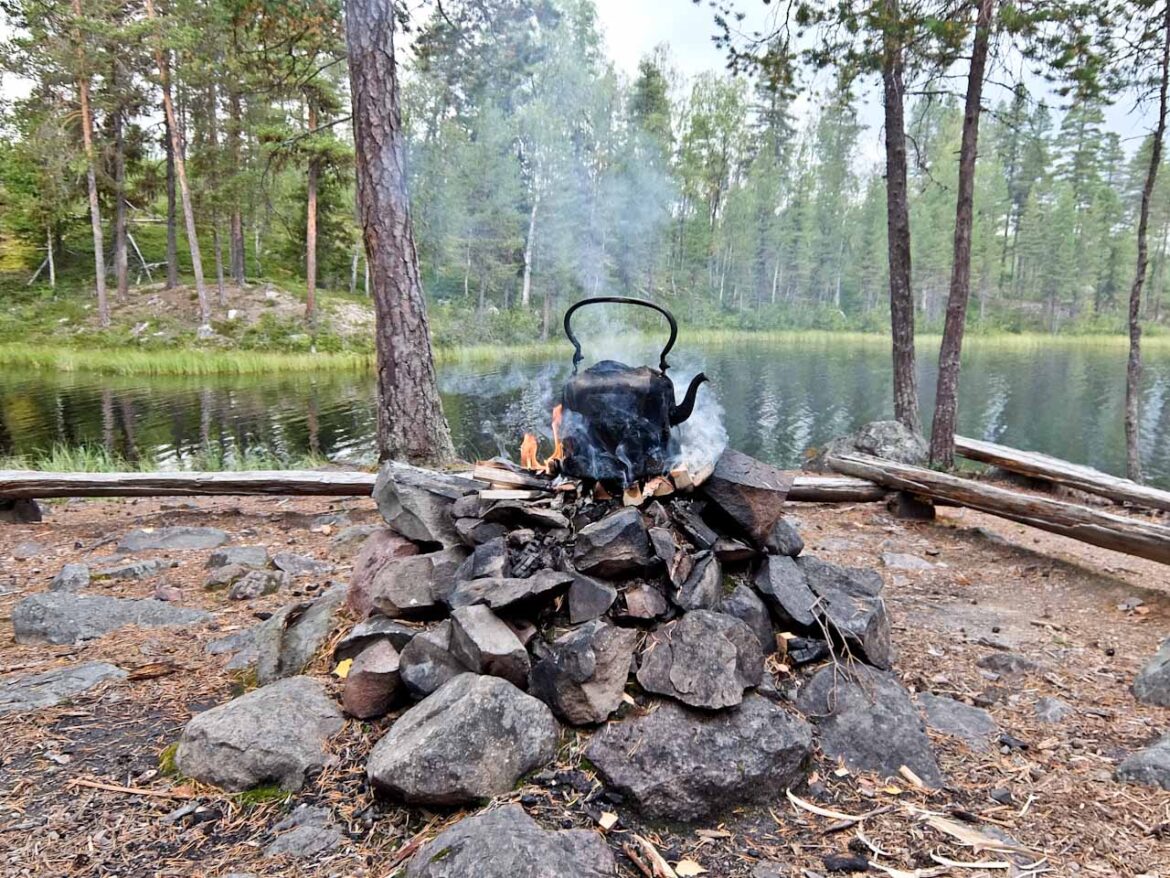
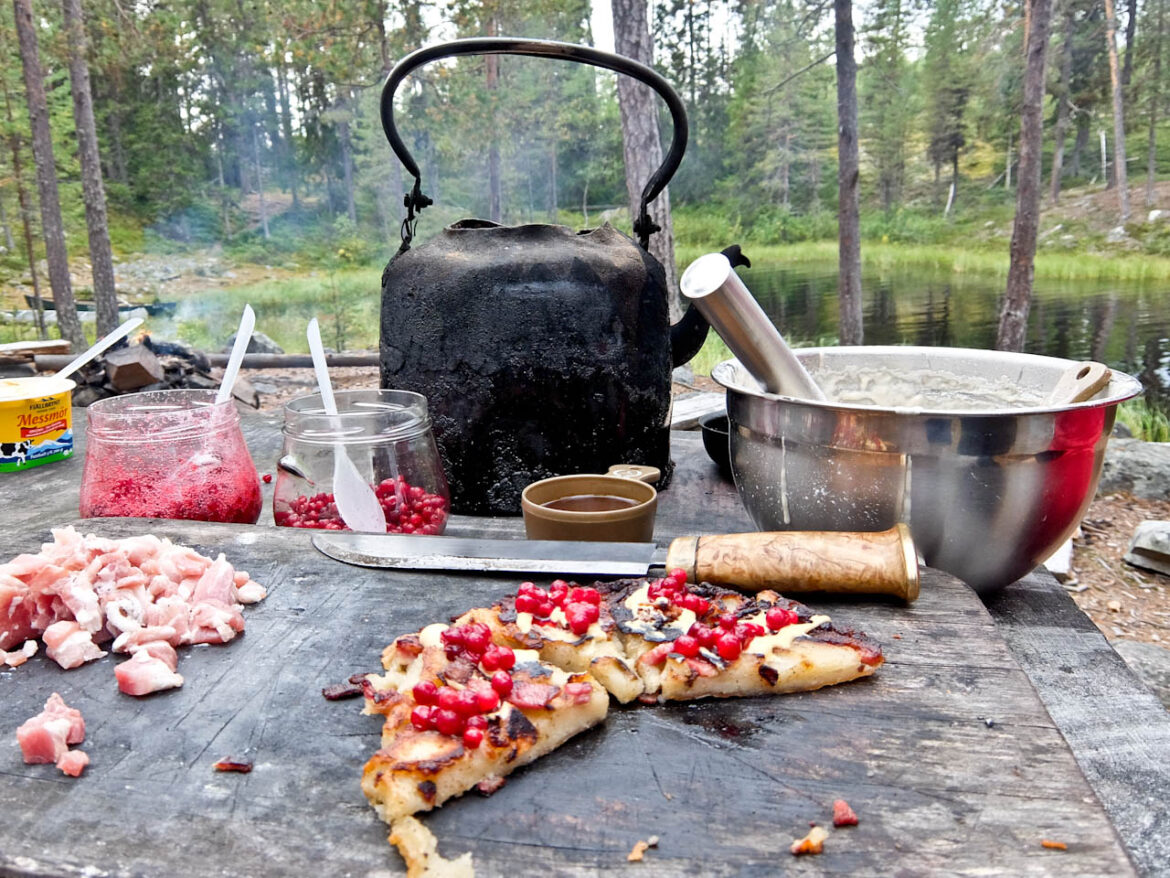



 Recover Images
Recover Images







